US-EU Trade Agreement: Tariff Cuts and Investments
-pofe7ucwz3.webp)
On August 21, the European Commission and the White House jointly published a statement on the US-EU Framework Agreement for Reciprocal, Fair, and Balanced Trade (Framework Agreement). The primary objective of the Framework Agreement is to enhance one of the world’s largest trade and investment partnerships and to create a more stable and balanced foundation for their economic relationship, while supporting efforts to reindustrialize their economies.
Key Agreed Trade and Investment Terms
Reaching a Framework Agreement is only the first step of a broader process, with the intention of gradually expanding into new areas to further enhance market access and deepen trade and investment ties in the future. However, this Framework Agreement sets the tone for any further steps and includes several key terms.
In exchange for the EU's commitment to eliminating tariffs on all US industrial goods and granting broad preferential access for US agricultural and seafood products, the US agreed to apply a maximum combined tariff of 15% on most EU goods. The exemption is provided for specific sectors, including pharmaceuticals, semiconductors, and lumber. Additionally, the US will reduce tariffs on EU automobiles and parts once the EU enacts the necessary legislative changes.
Apart from tariffs, the Framework Agreement confirmed previously reached agreements regarding rules of origin to ensure benefits remain transatlantic, and it strengthens cooperation on energy, with the EU planning to spend USD 750 billion on US energy products by 2028 and at least USD 40 billion on US-manufactured AI chips.
As previously agreed, EU companies will invest an additional USD 600 billion in the US's strategic sectors. At the same time, the EU will substantially increase its procurement of US defense equipment to deepen NATO interoperability.
These are only some of the 19 key points stated in the Framework Agreement, set to reinforce cooperation on supply chain resilience, investment screening, export controls, and measures against unfair trade practices by third countries, underscoring a shared determination to align economic security policies and ensure reciprocity in global trade.
Conclusion
Both sides are committed to quickly formalizing the Framework Agreement in accordance with their internal procedures. Nevertheless, the fact that the agreement was reached signals a change in the economic and geopolitical environment.
This may mark a development of new economic relationships that blend market access with strategic alignment. More specifically, the agreement deepens economic interdependence, boosts competitiveness, and reinforces the transatlantic partnership not only in trade but also in energy, security, and technology.
Source: European Commission, The White House, VATabout

Featured Insights

Angola’s E-Invoicing Mandate: Phased Implementation Continues Into 2026
🕝 December 10, 2025
VAT Deduction and Business Succession: When Do Advisory Costs Serve the Company’s Interest?
🕝 December 8, 2025
Europe’s Plastic Fiscal Shift: Why Italy’s Plastic Tax Now Starts in 2027
🕝 December 3, 2025
The Decline of Low-Value Import Exemptions: Closing Gaps in Cross-Border E-Commerce
🕝 November 20, 2025More News from Europe
Get real-time updates and developments from around the world, keeping you informed and prepared.
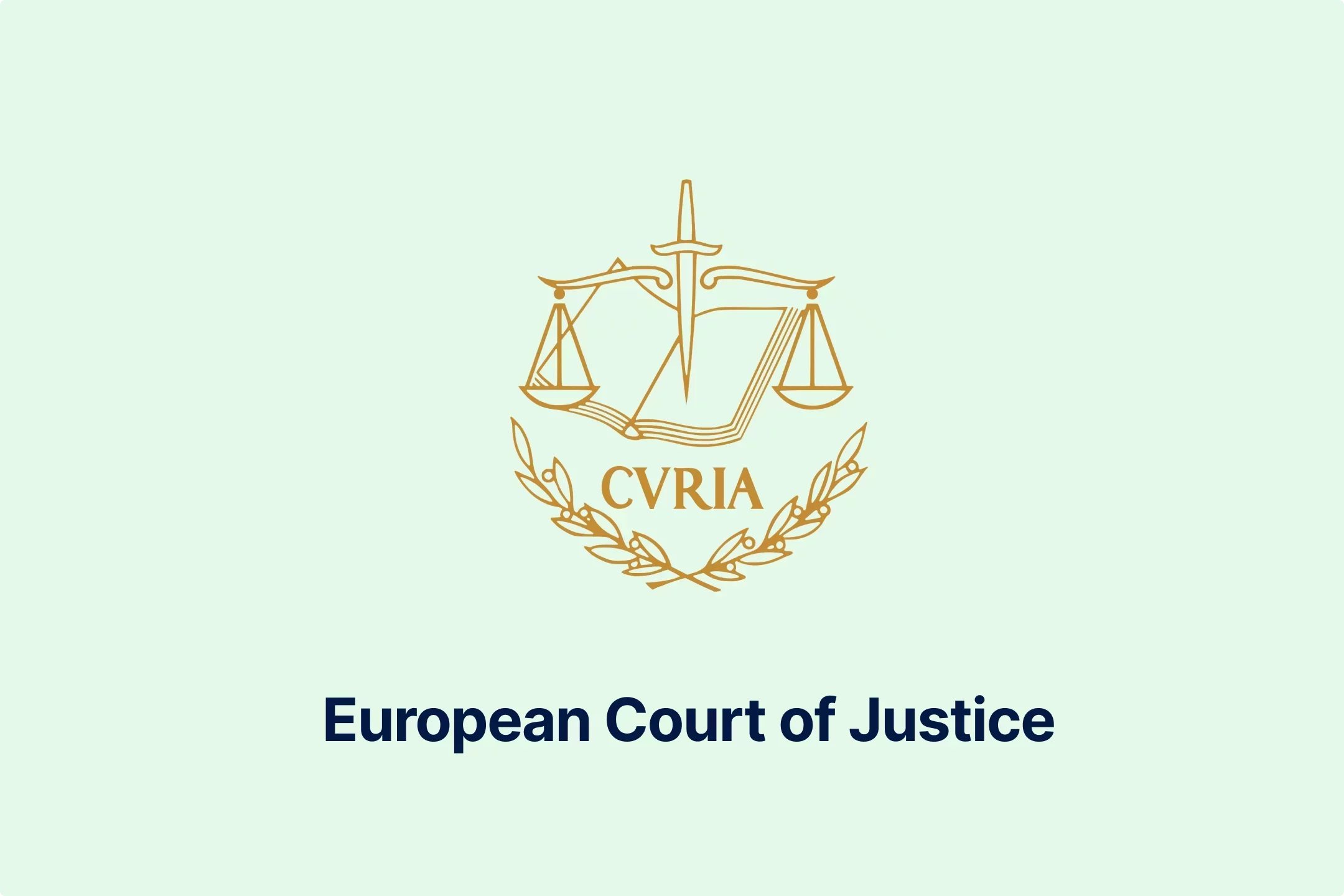
EU Law Primacy in VAT: ECJ Rules on Hungarian National Practice
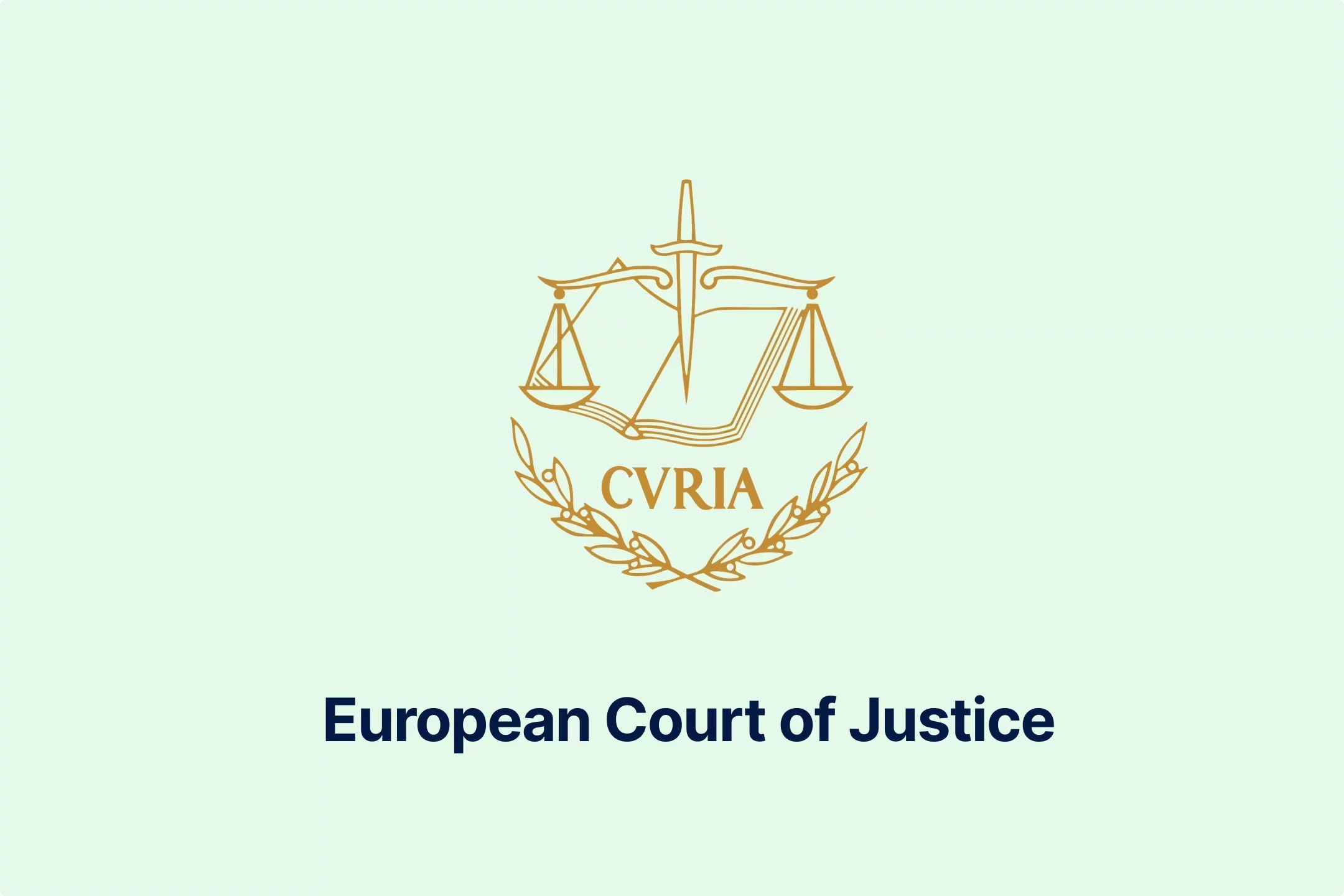
Appstore VAT Ruling: Who owns your In-App Purchase tax? C-101/24
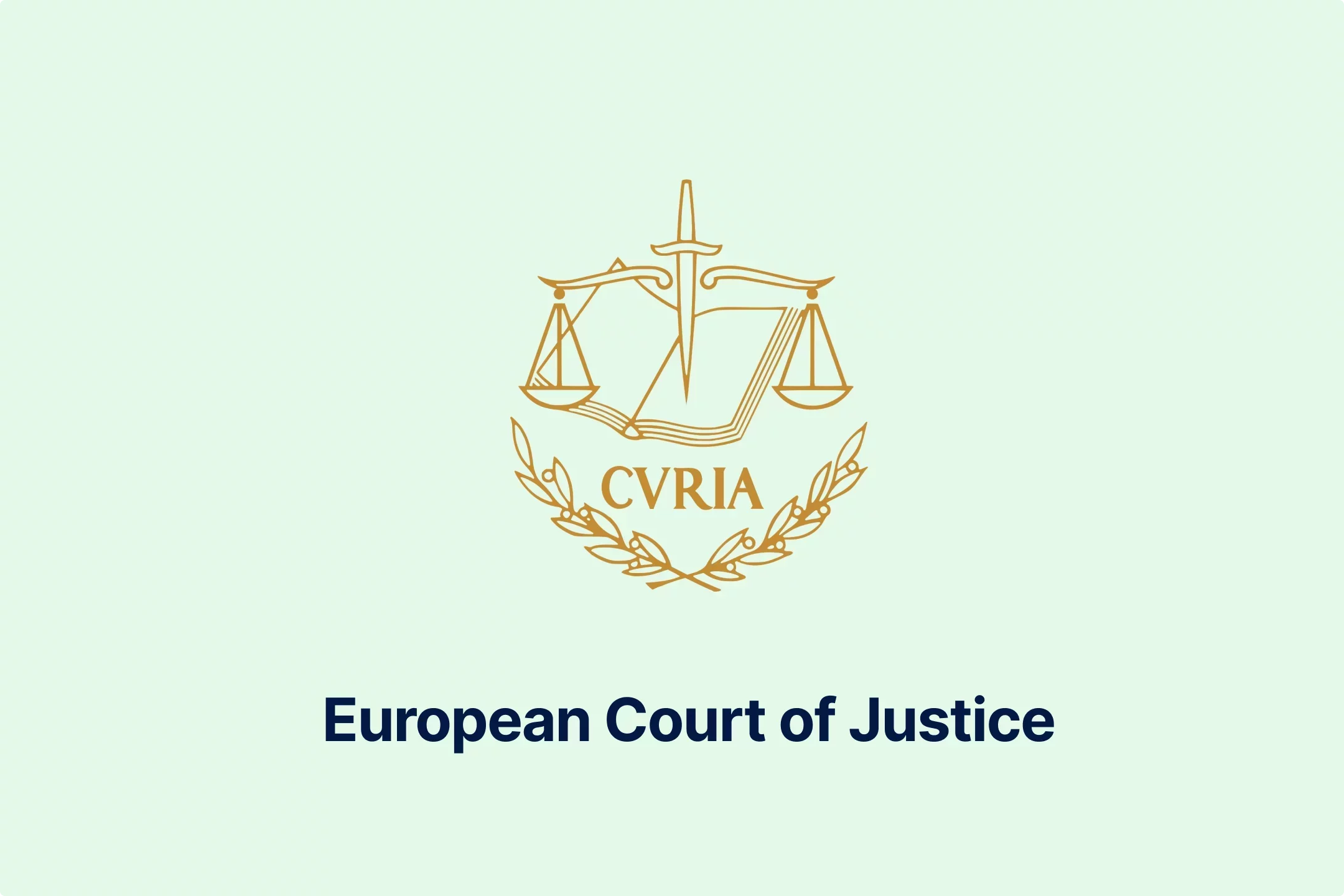
VAT Treatment of EU-Funded Projects for Non-Profit Associations

Right to Deduct VAT on Fixed Asset Reconstruction: Court Ruling
-7xsxxoypnx.webp)
Italy’s EUR 1 Billion VAT Dispute with Meta, X, and LinkedIn Explained
-l0zcrrzvhb.webp)
EU 5% Digital Service Tax Could Generate EUR 37.5 Billion: CEPS Study

Restrictions on VAT Deduction: Key Legal Cases & Compliance Insights
-qsozqjwle2.webp)
EU Parliament Approves ViDA: VAT Reforms & Digital Tax Compliance

-e9lcpxl5nq.webp)

-7acdre0hop.webp)
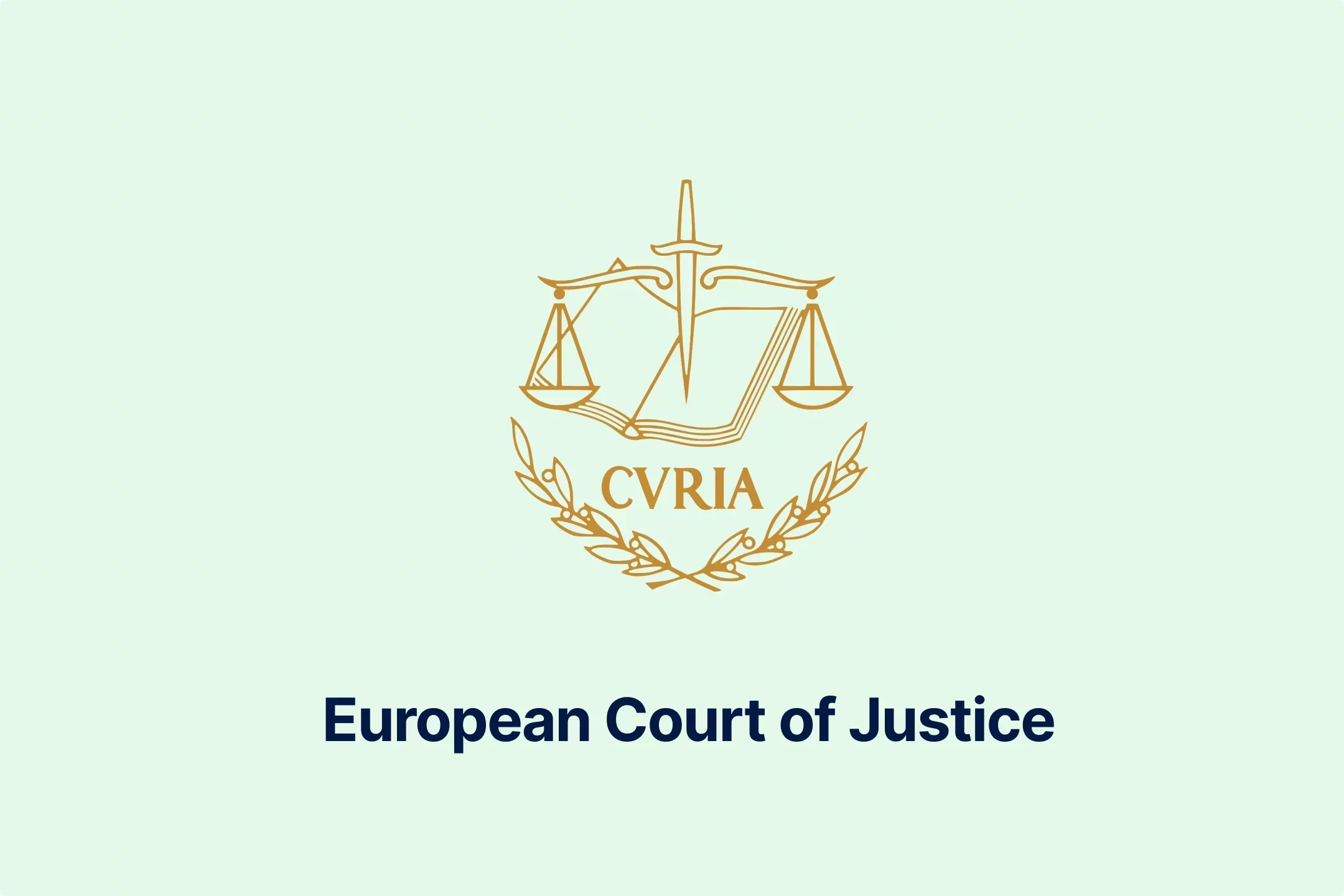
-lcgcyghaer.webp)
-ol6mdkdowg.webp)
-aqdwtmzhkd.webp)
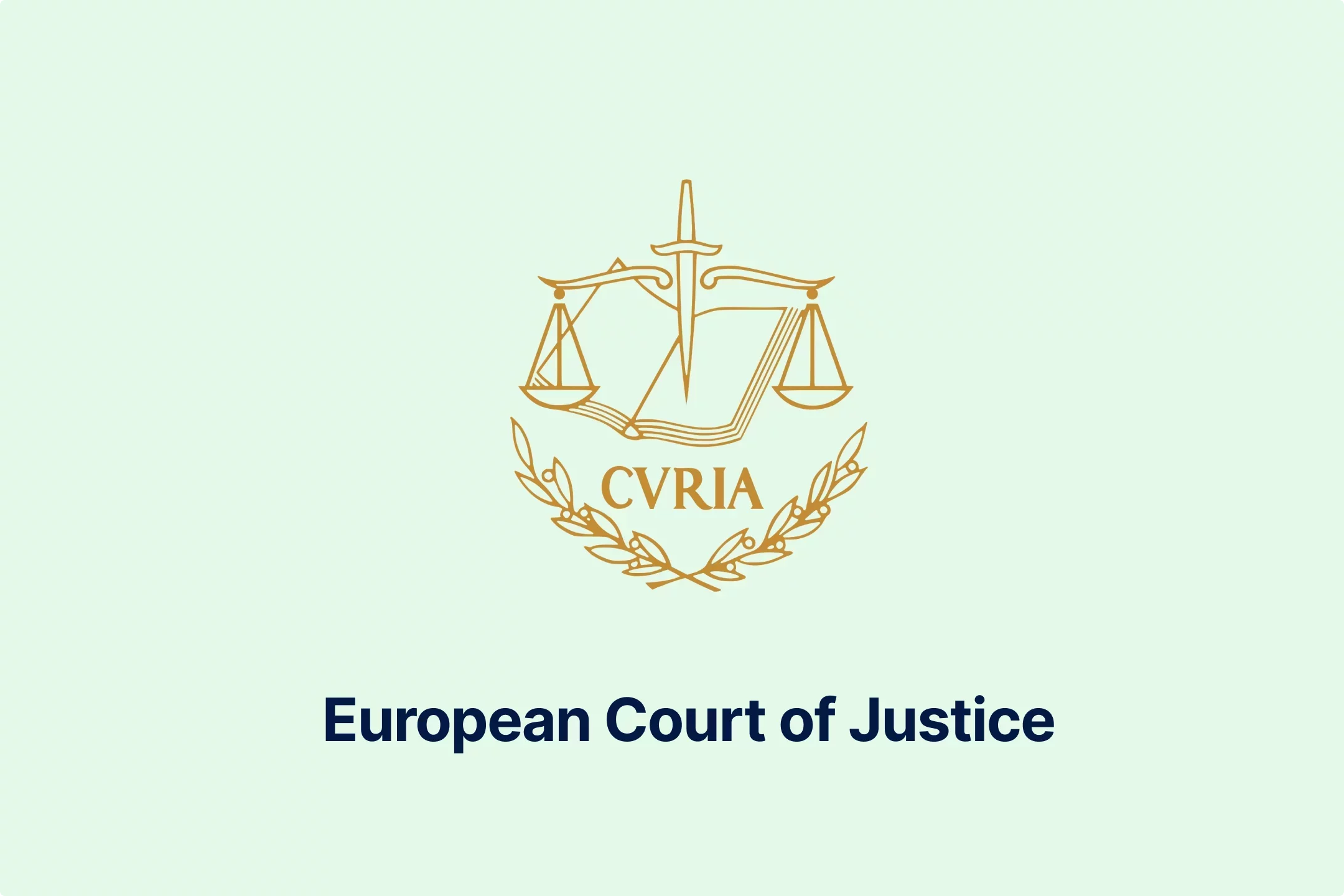
-njgdvdxe2u.webp)
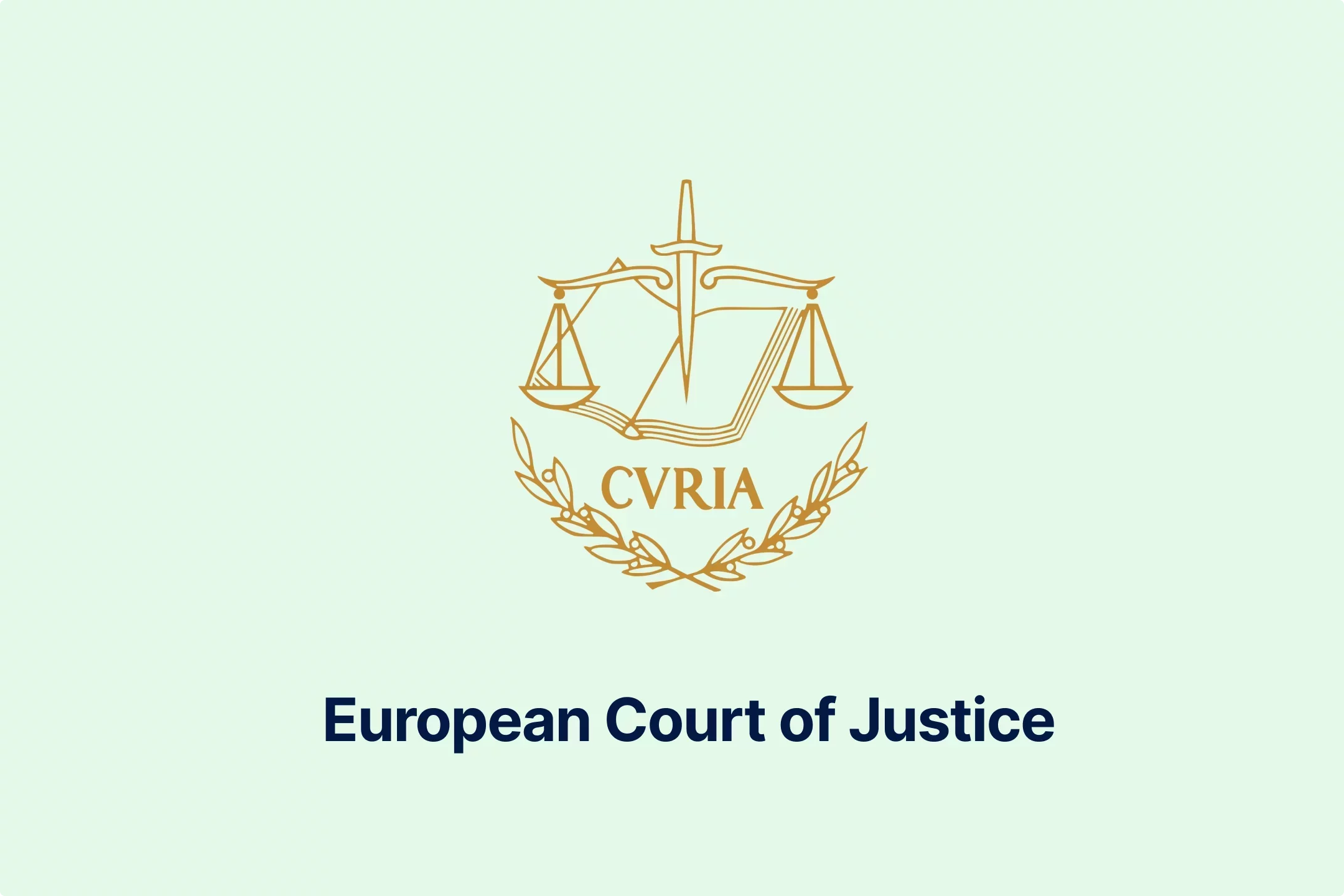


-i6rki3jbad.webp)
-hdwgtama05.webp)

-atbhy5fyxv.webp)
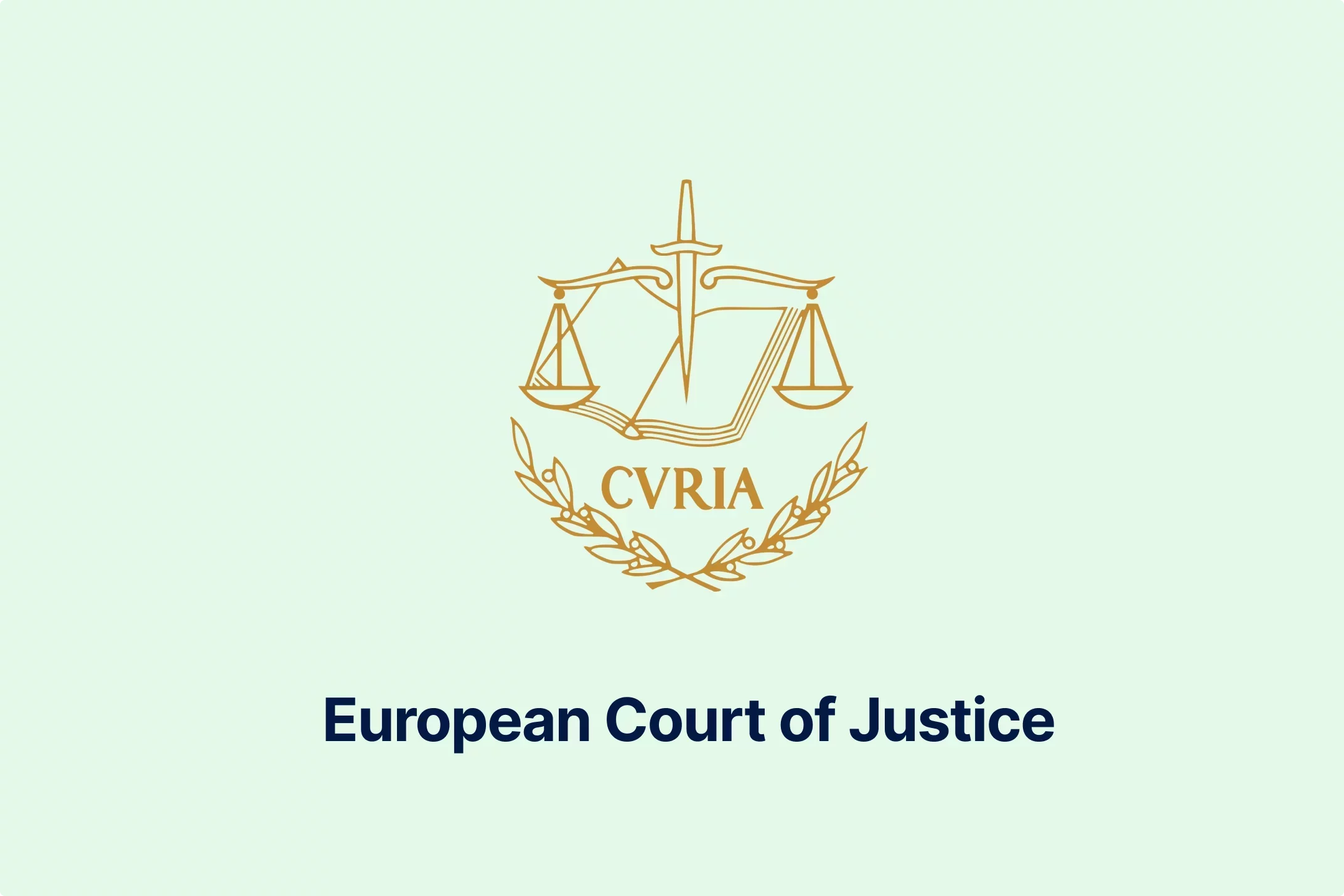



-zp2n6zixoa.webp)
-oa1ynbm4sn.webp)

-lltkno6txy.webp)


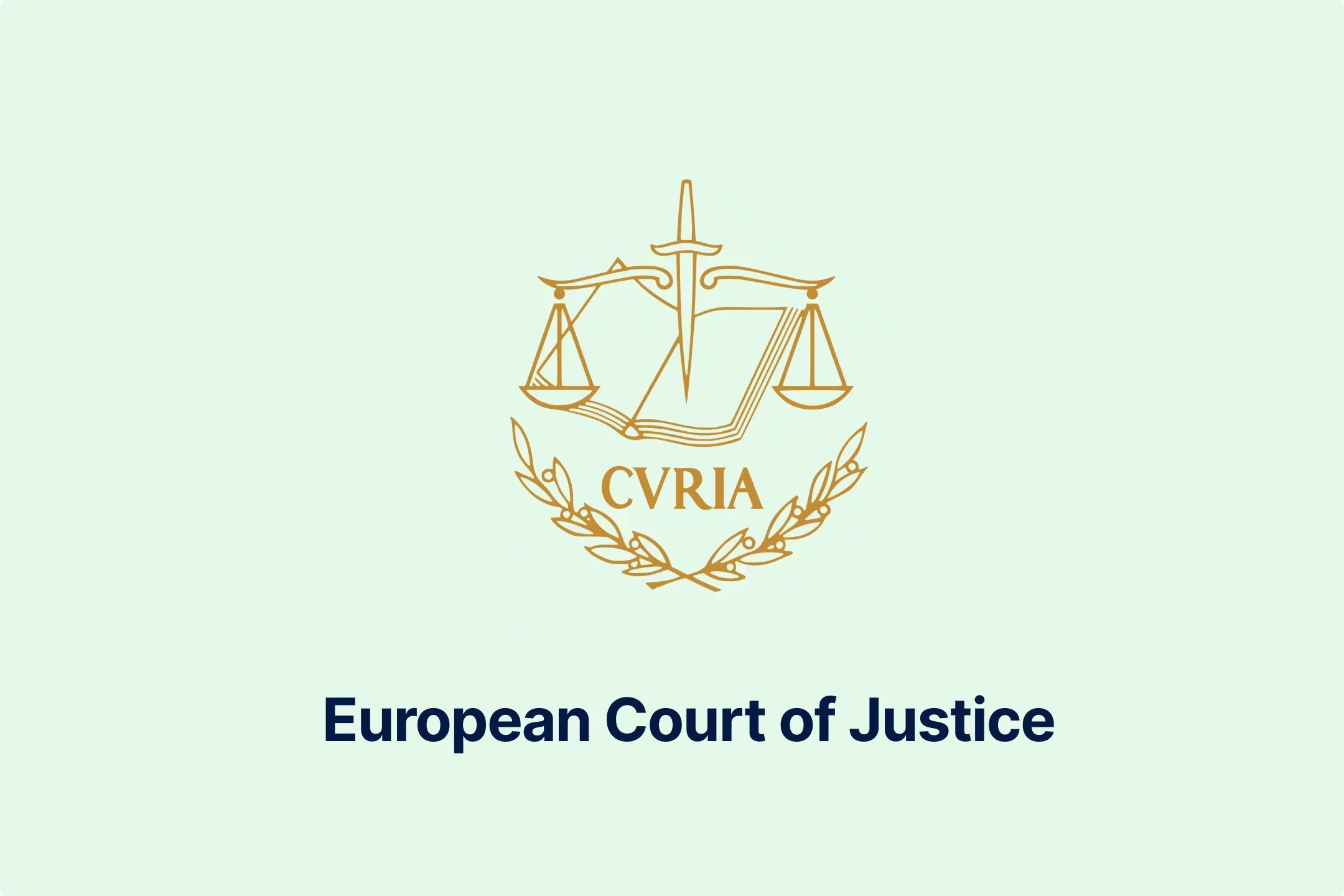
-do38odrqnq.webp)

-t409oldqzt.webp)
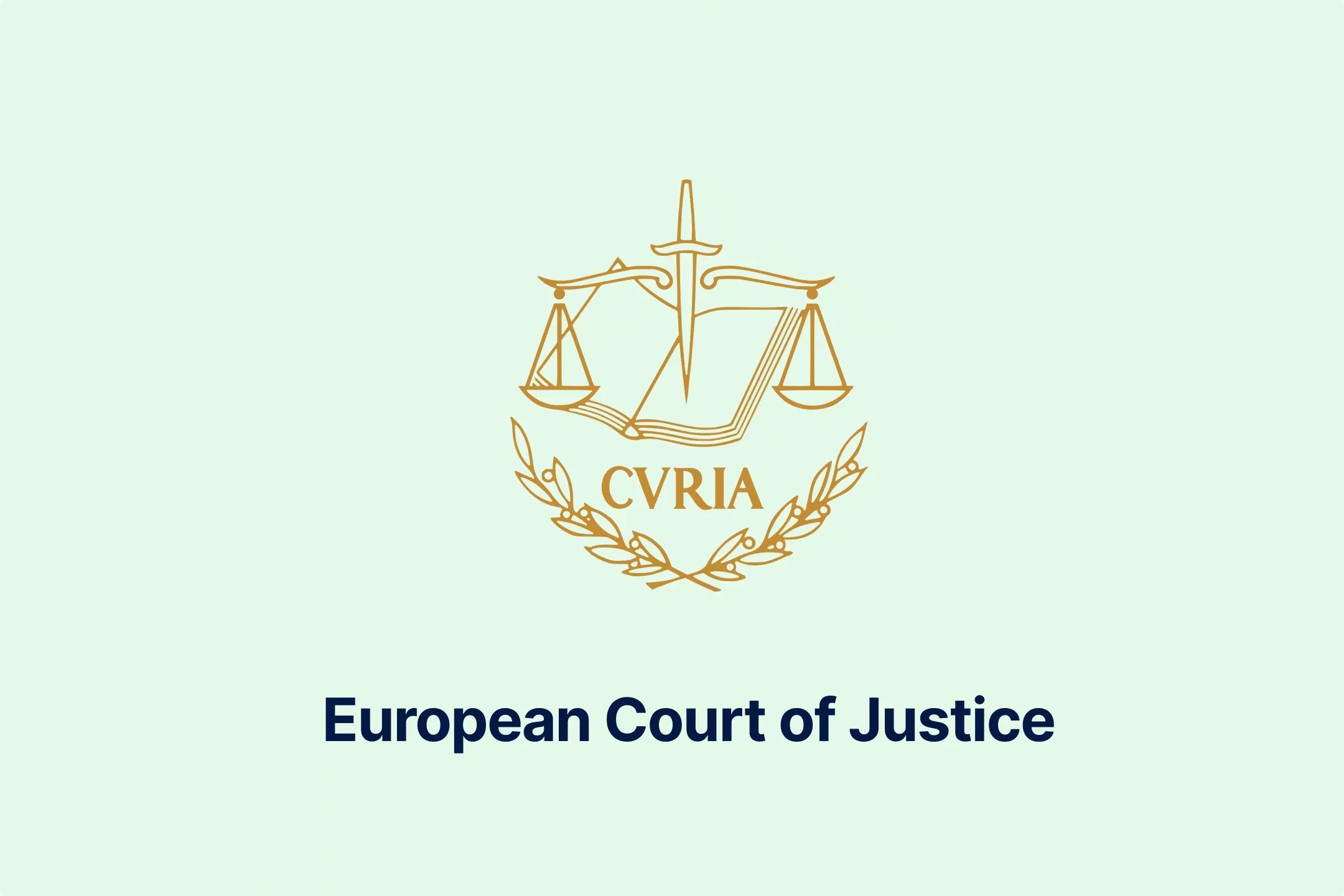
-hordopb6xh.webp)
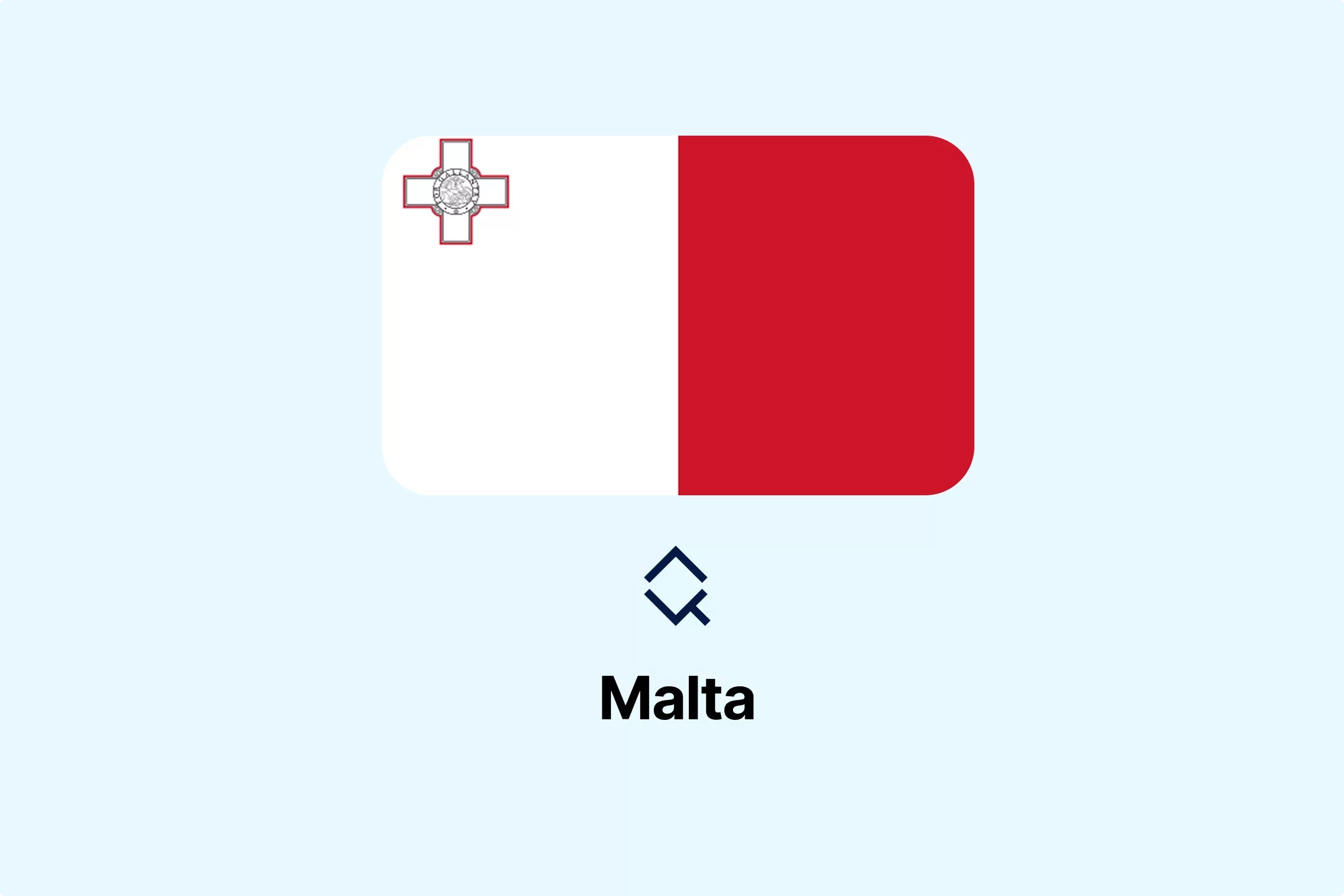
-ooimnrbete.webp)
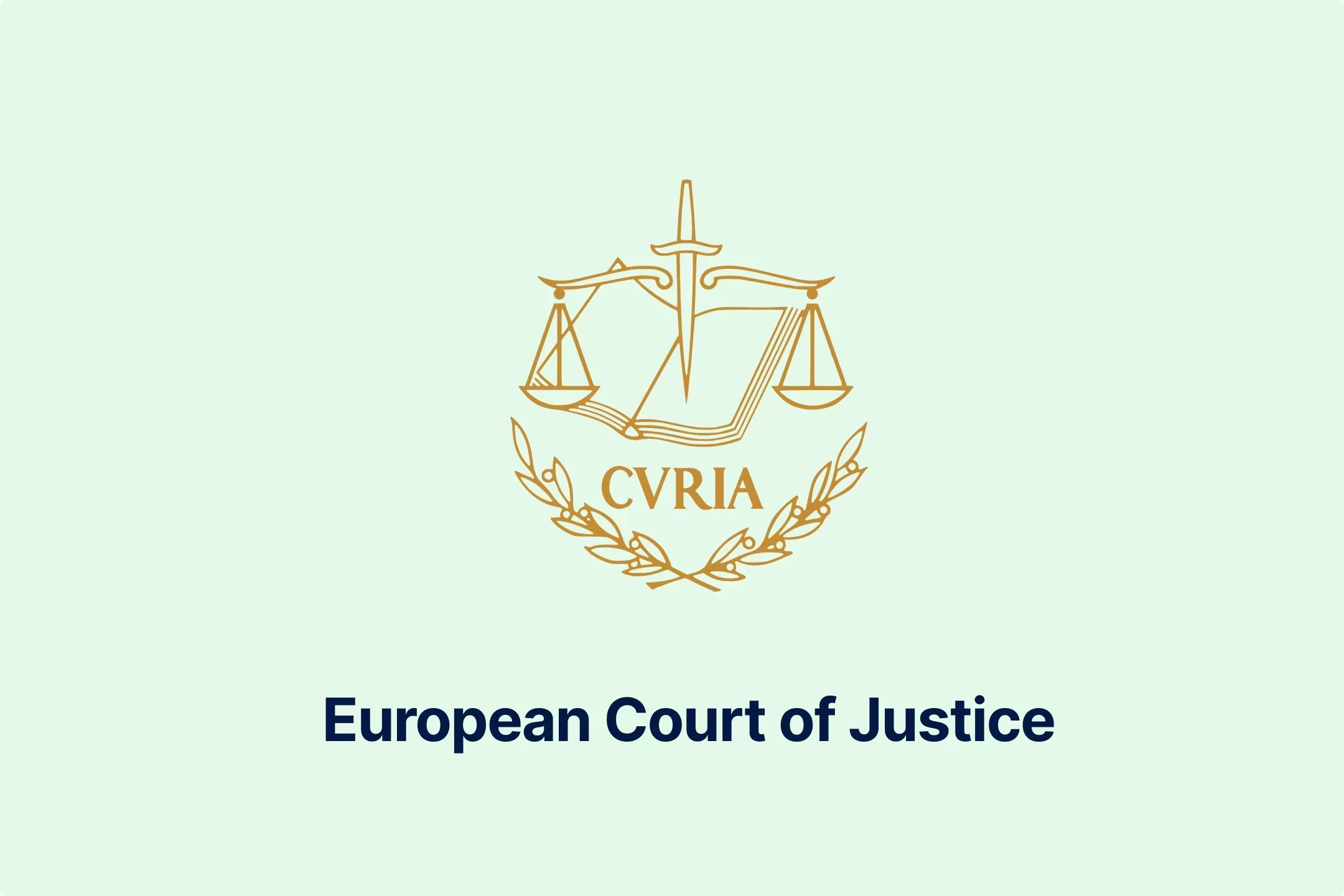
-lwb5qpsily.webp)
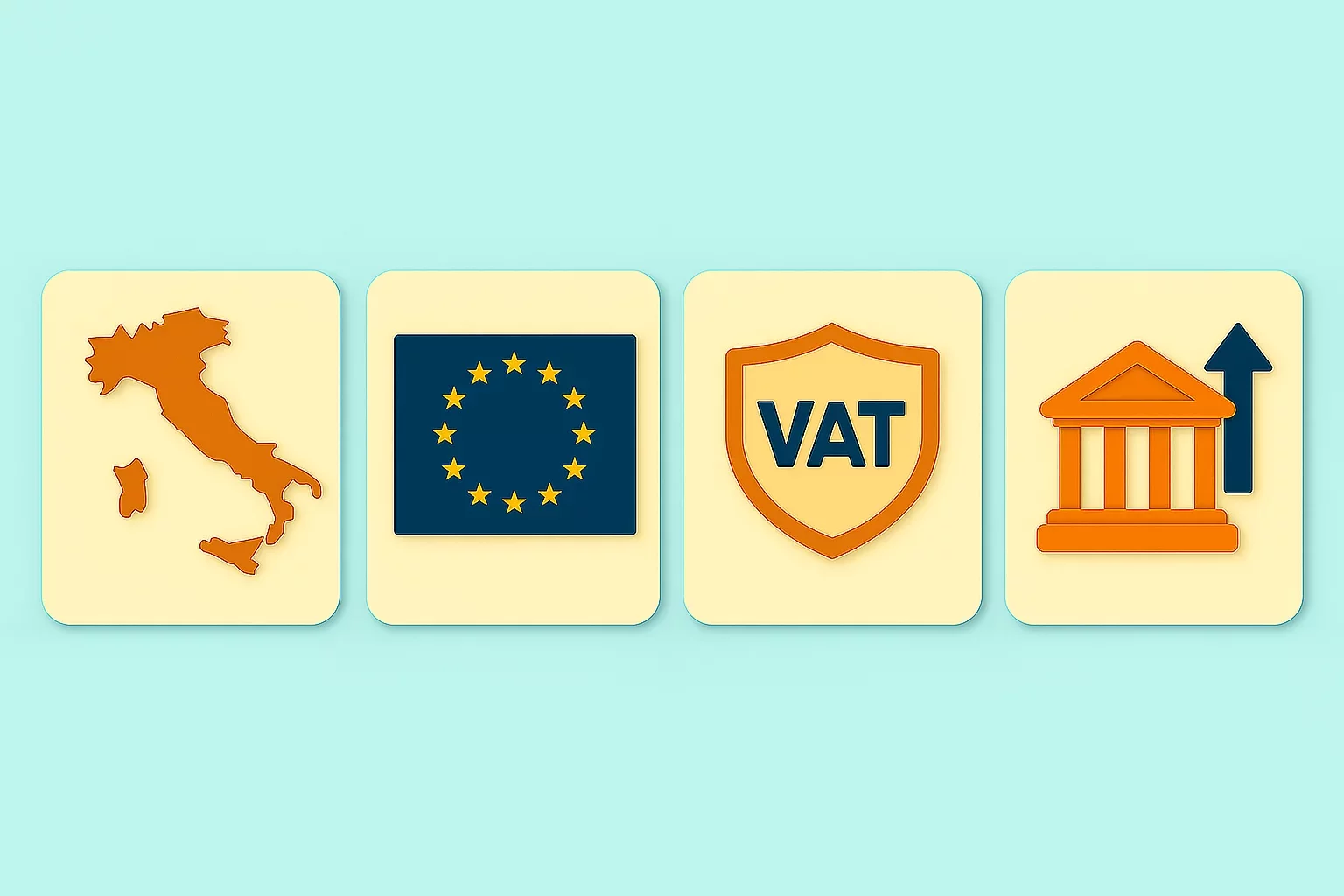

-eumafizrhm.webp)

-mtqp3va9gb.webp)

-3ewrn1yvfa.webp)
-591j35flz2.webp)
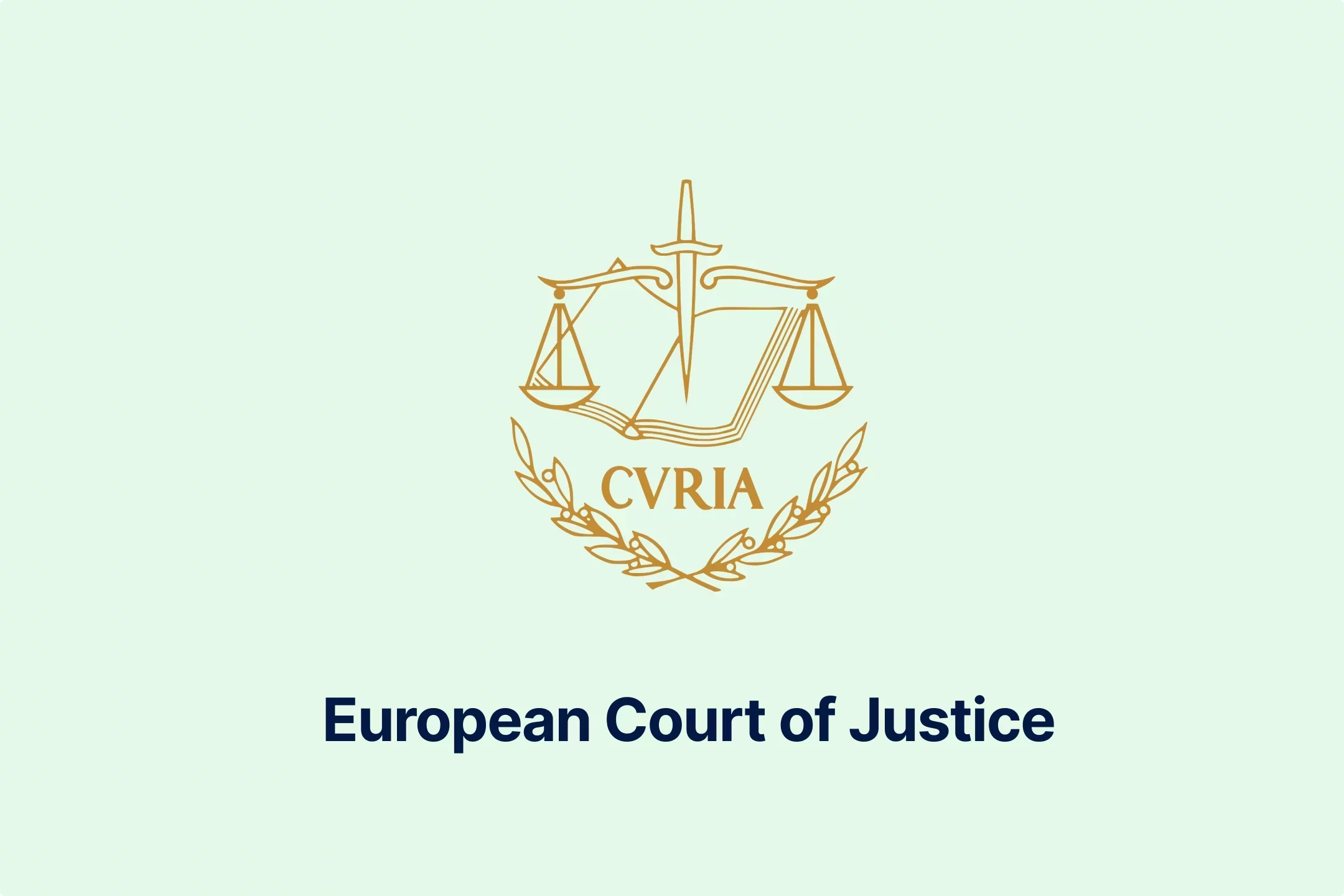
-huj3cam1de.webp)

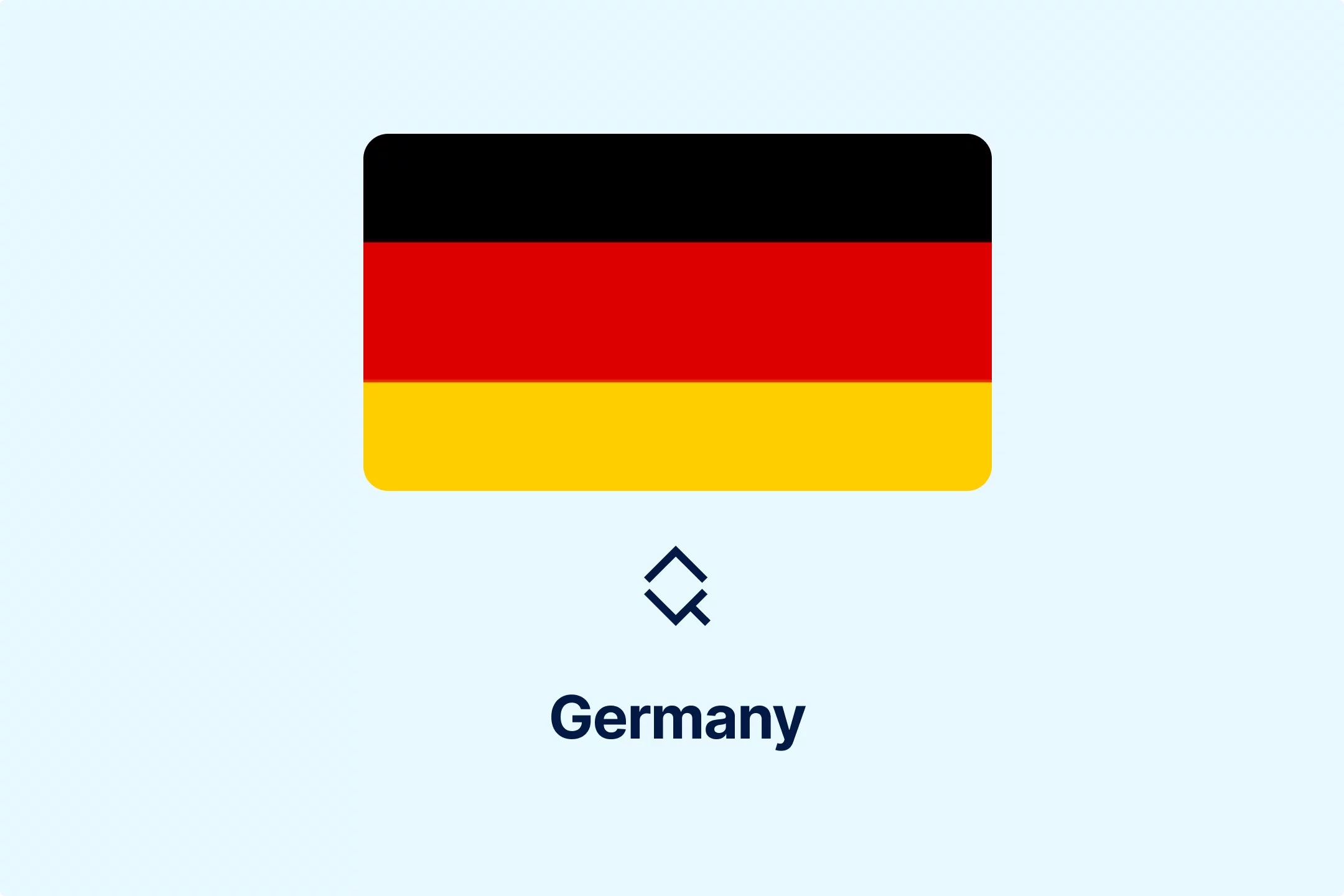
-hafis0ii23.webp)
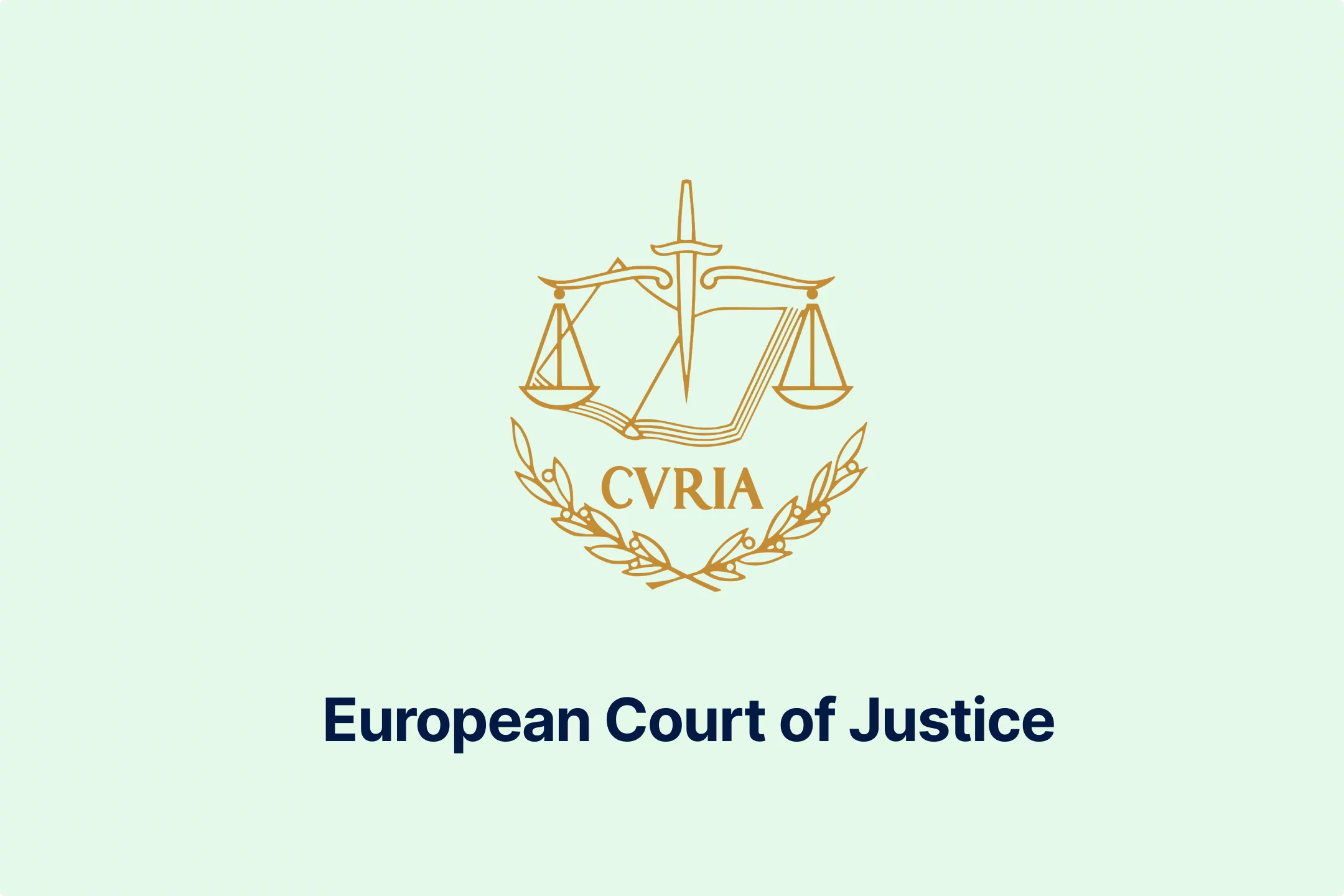
-qseaw5zmcy.webp)
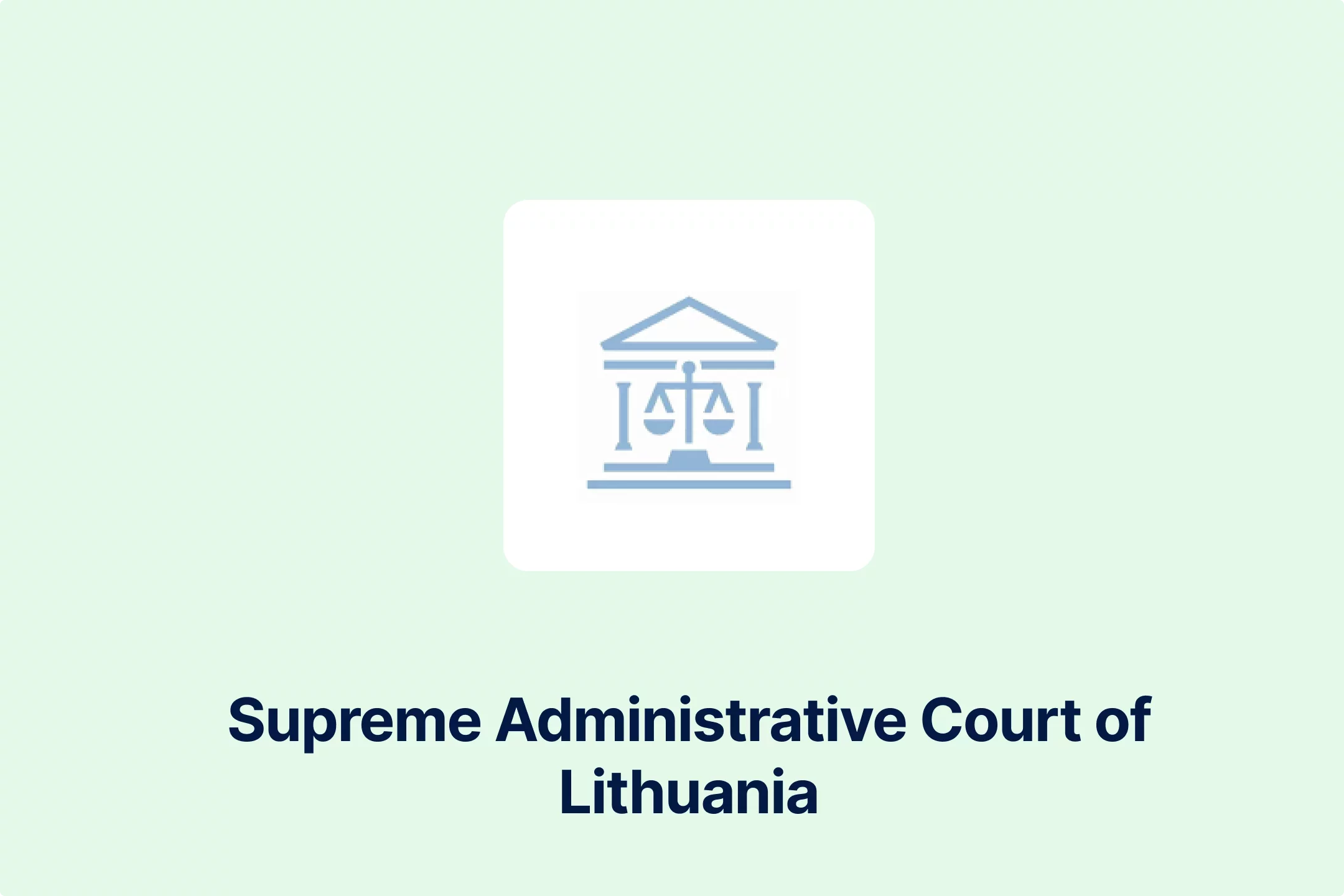


-qzsah2ifqx.webp)
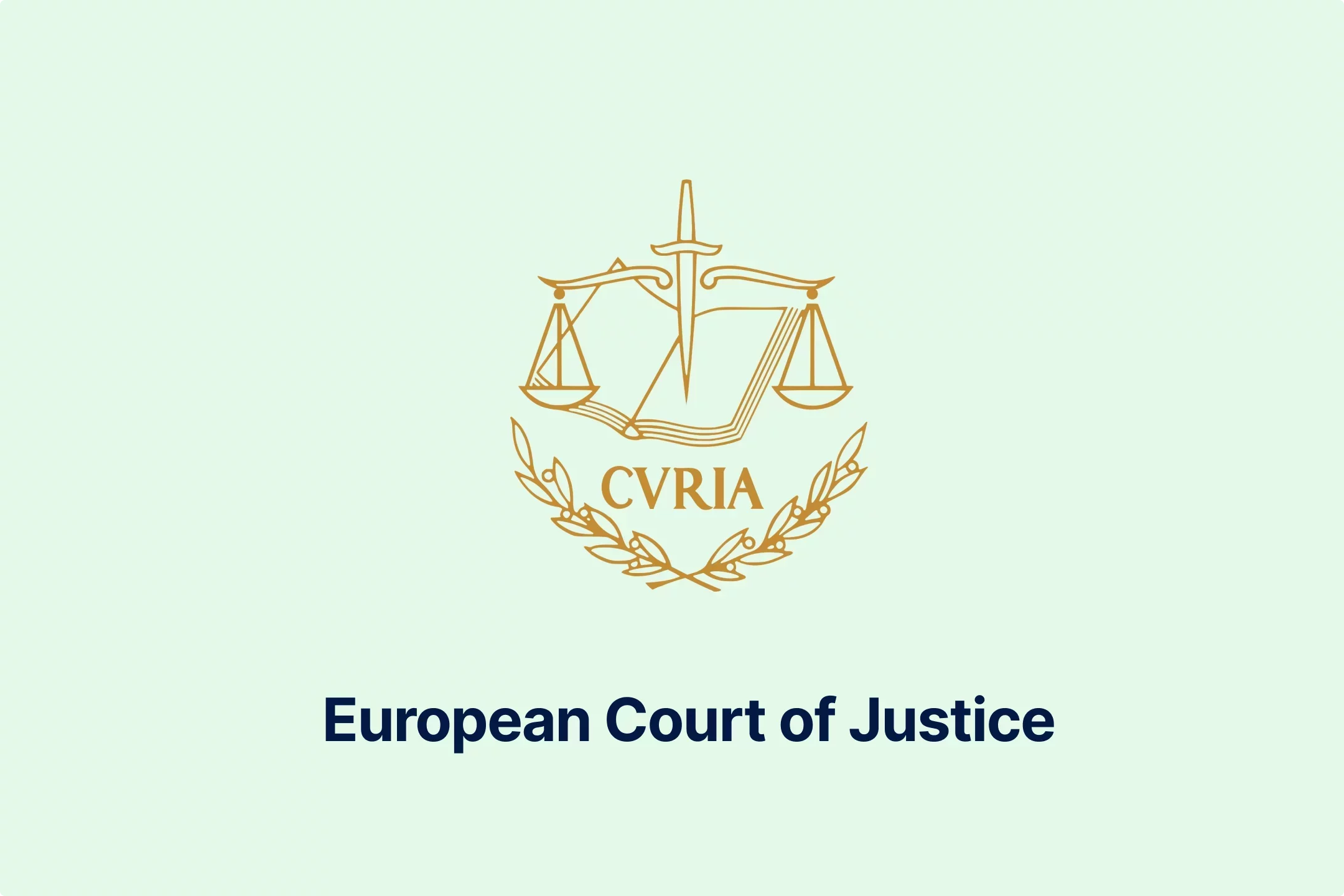
-69rzooghib.webp)
-wrvng98m0g.webp)
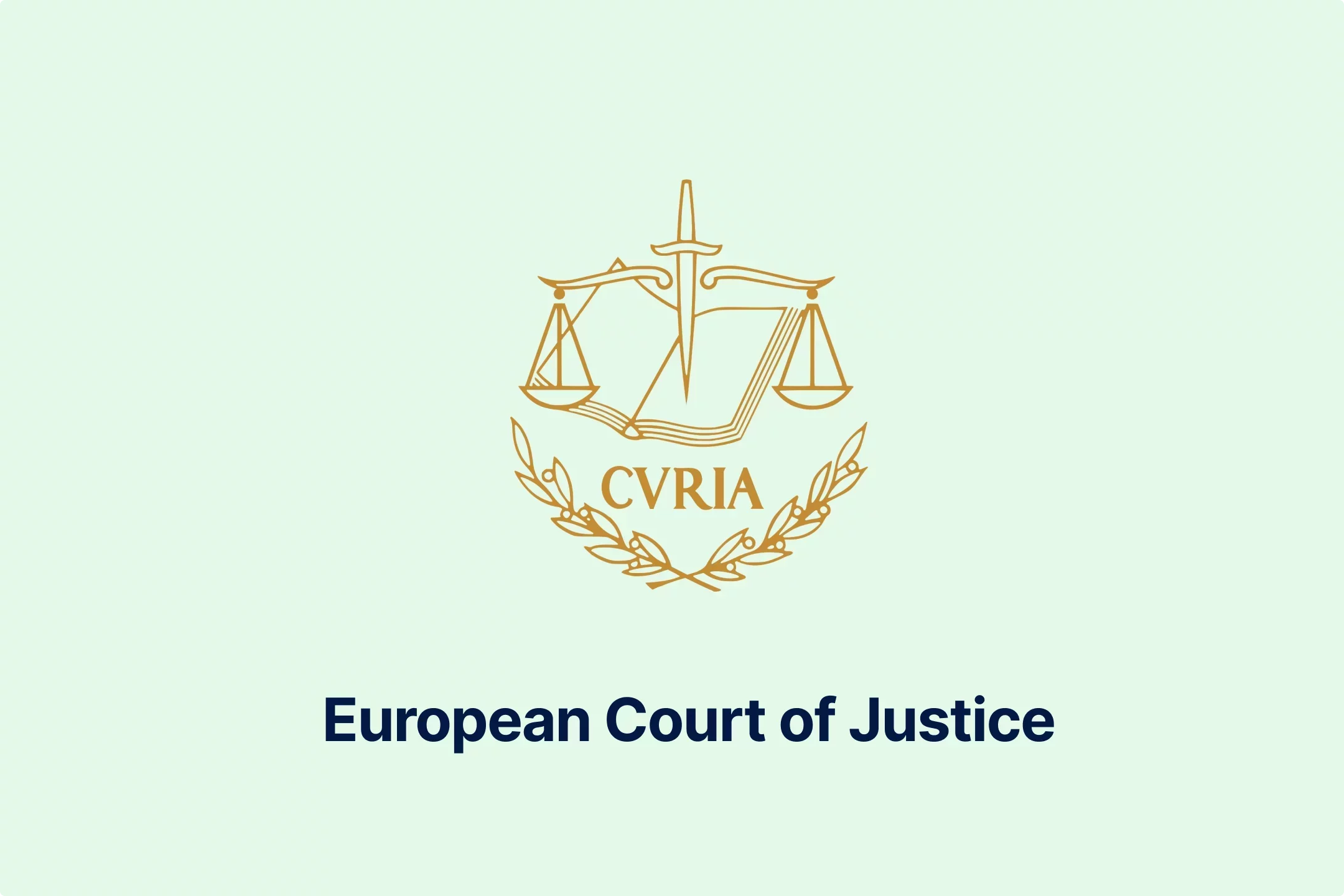
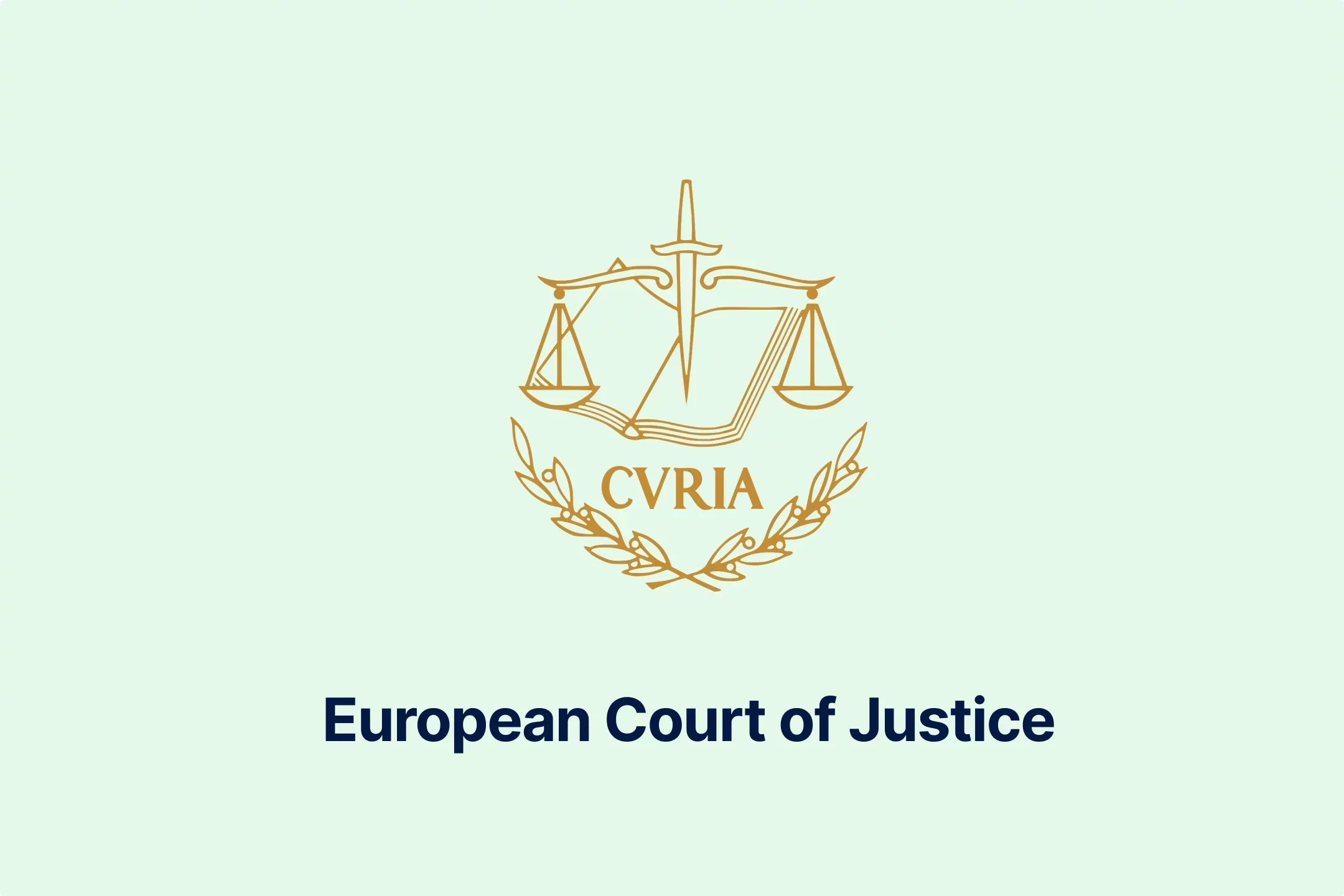
-psucycuxh2.webp)
-klyo8bn5lc.webp)




-6wv5h5eyyd.webp)
-tfgg78rbid.webp)
-a6jpv9ny8v.webp)
-qhdbapy0qr.webp)

-owvu7zoc13.webp)
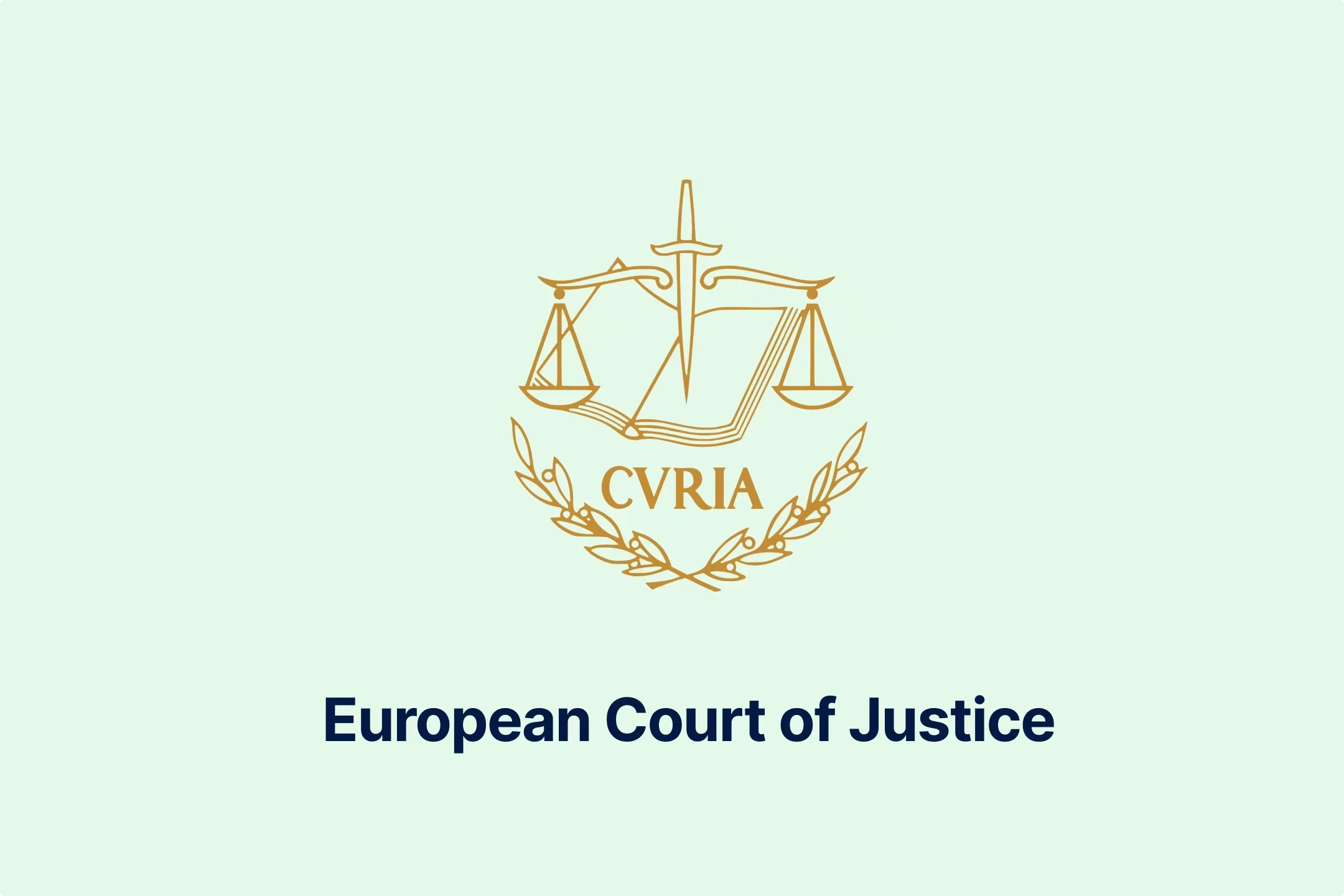

-h28jrh1ukm.webp)
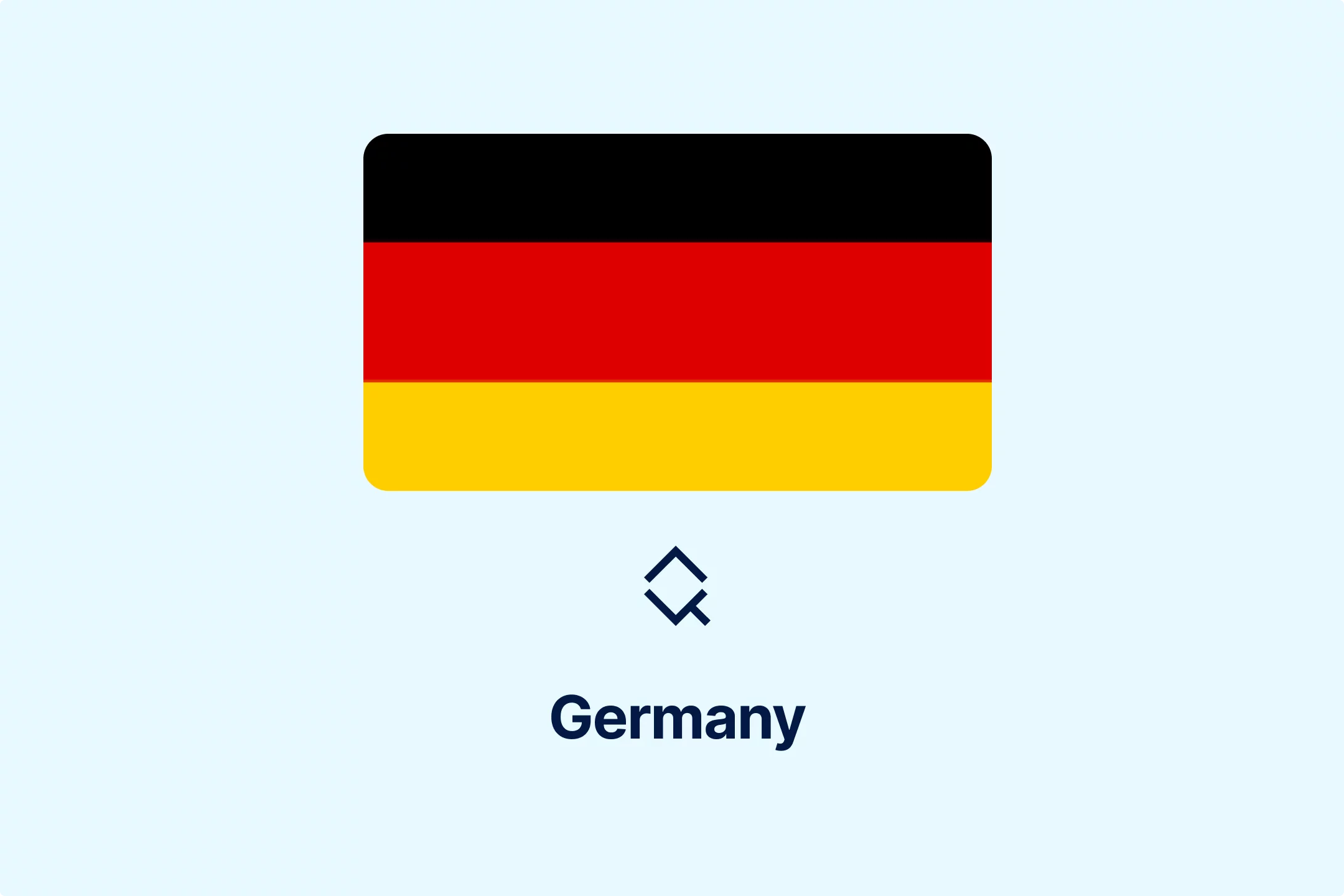
-wl9bl1rw3a.webp)

-2w76jtvtuk.webp)

-c0uvrmrq9j.webp)

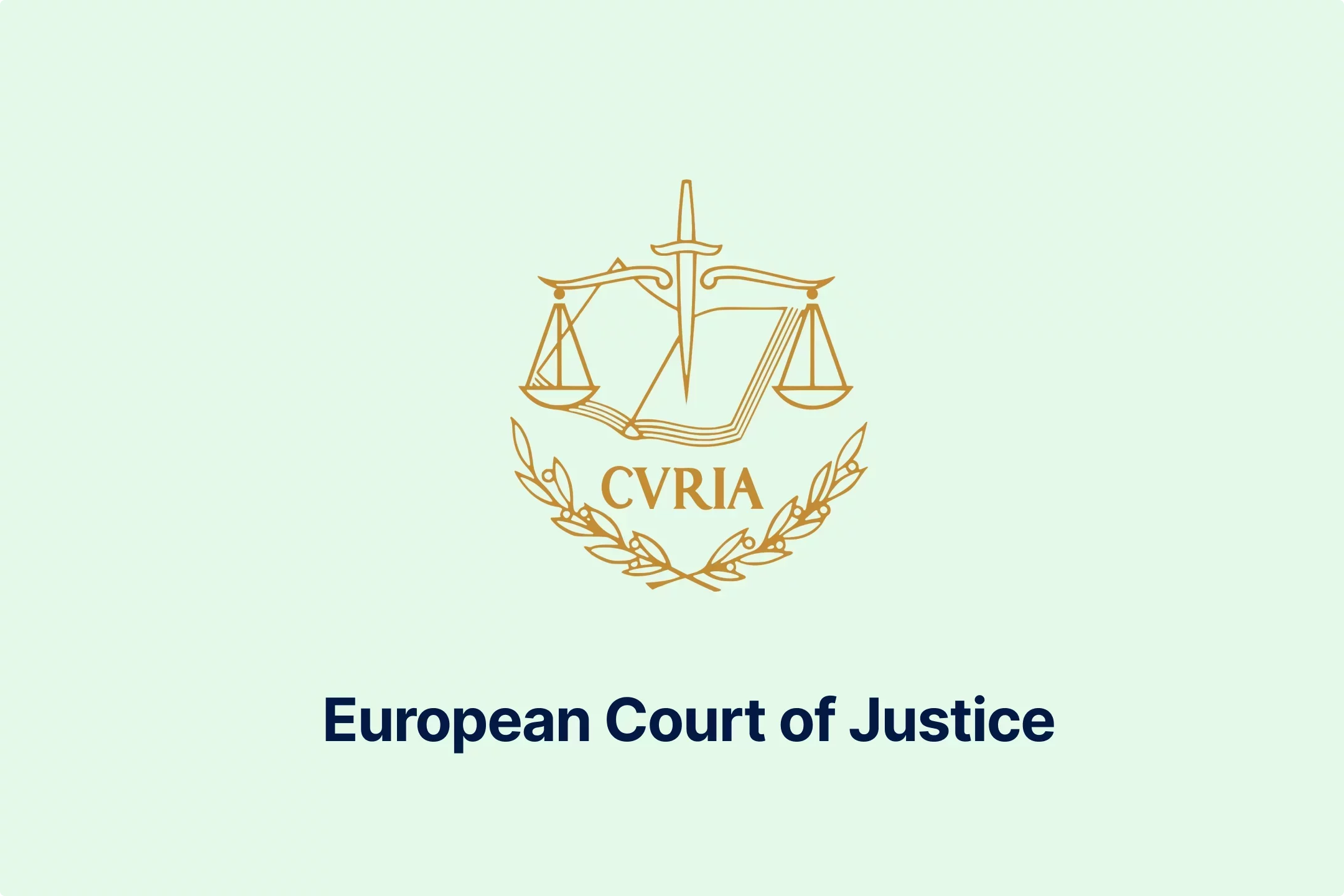



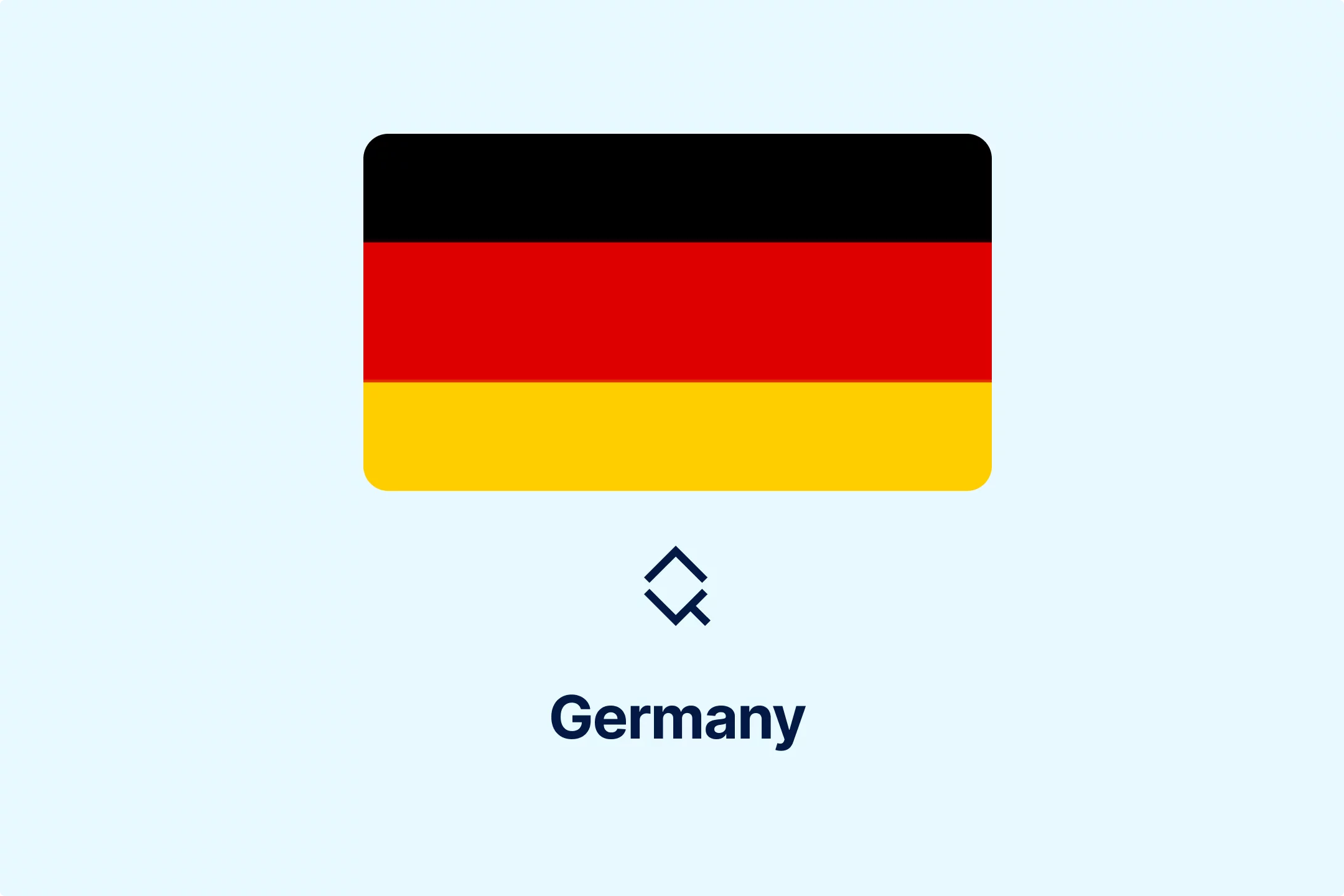
-5cc23ezxyf.webp)
-rrmabbekeb.webp)
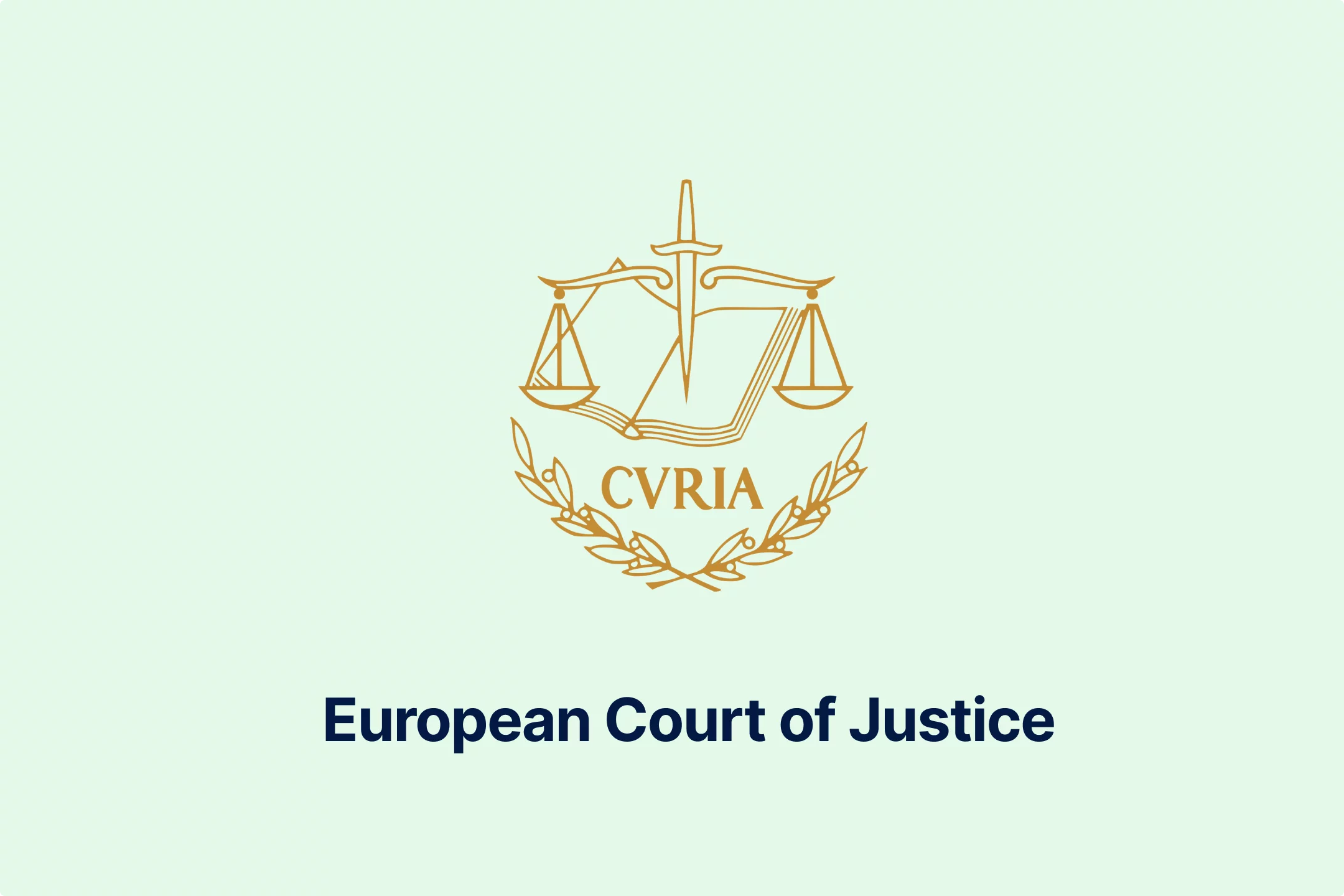
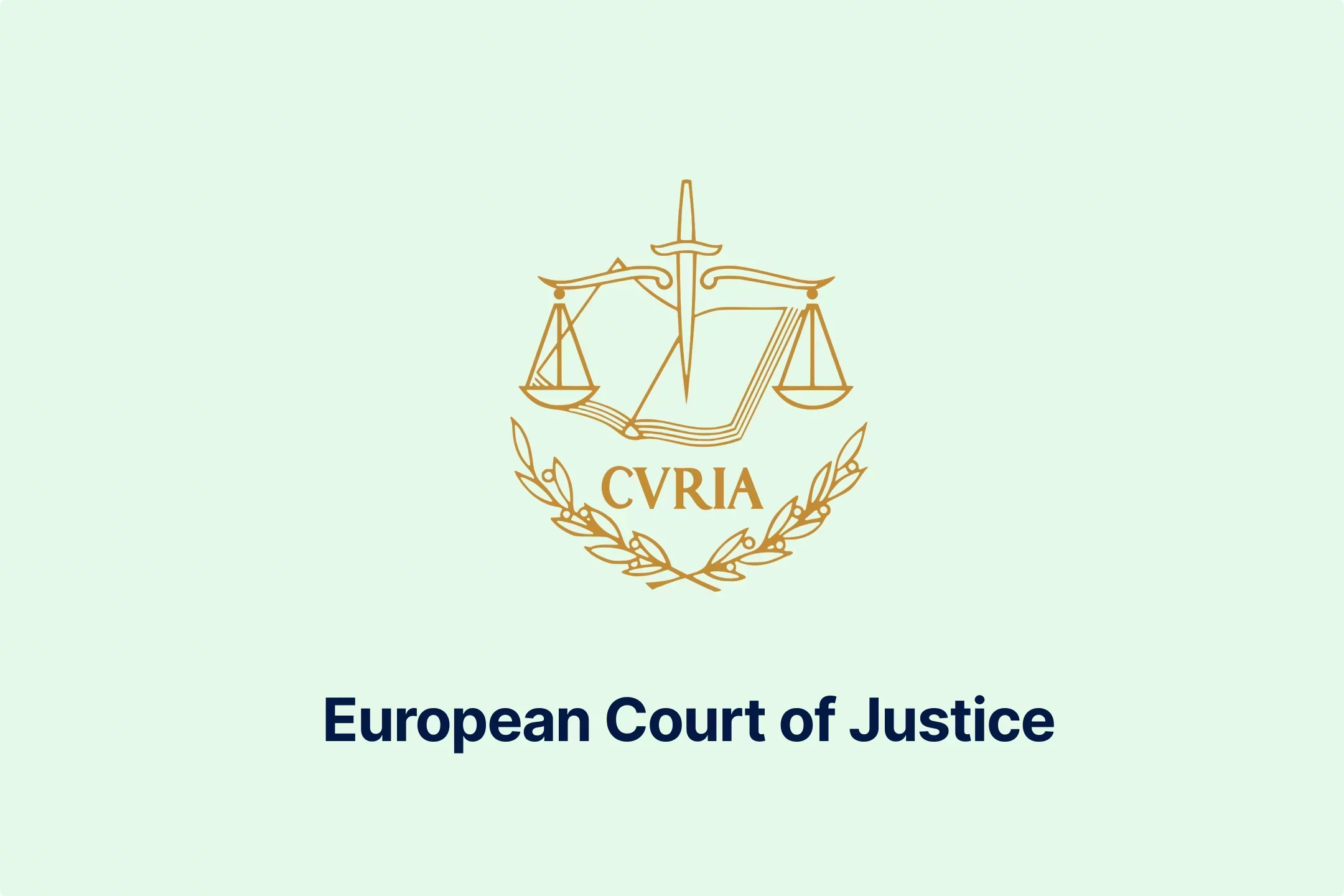
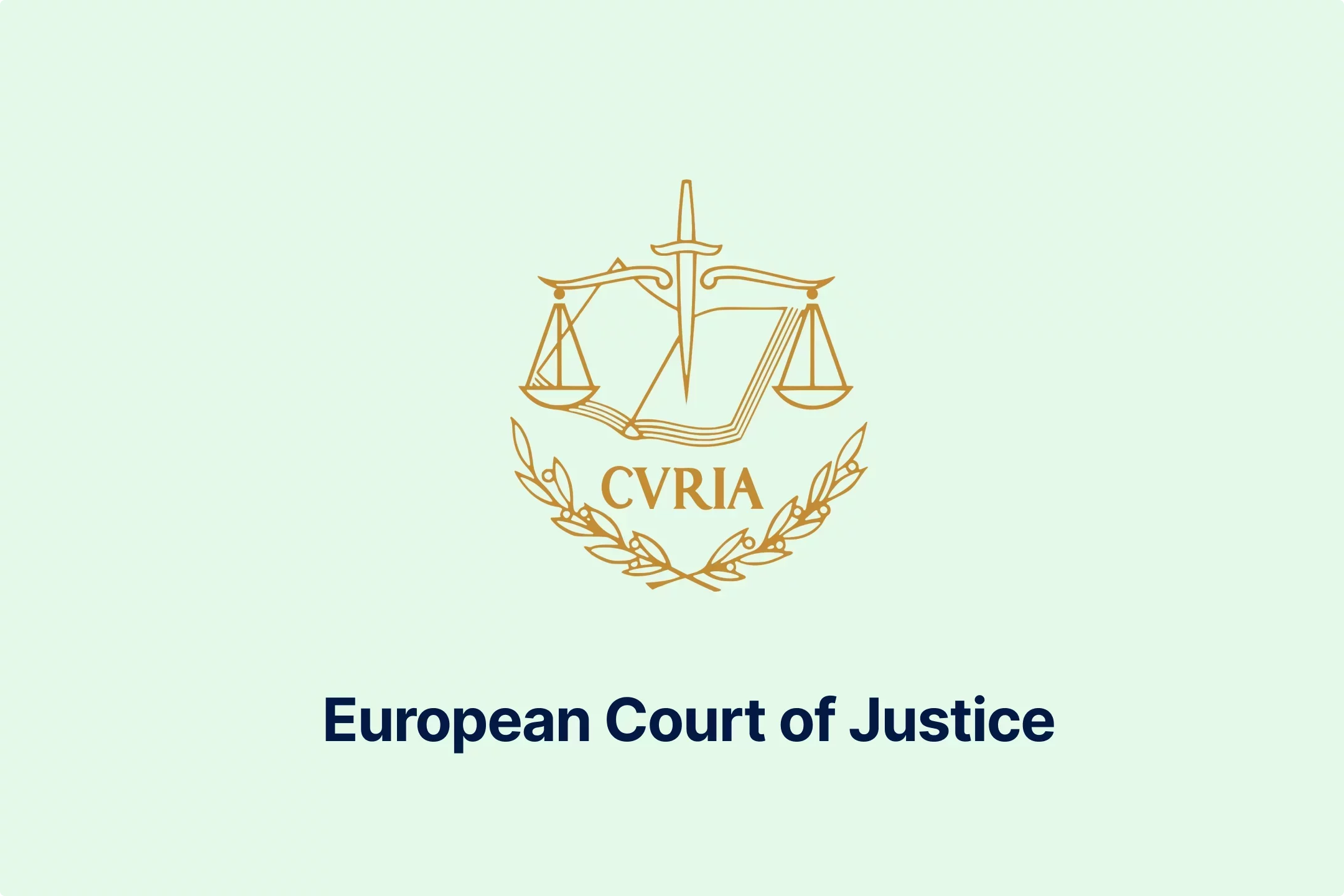
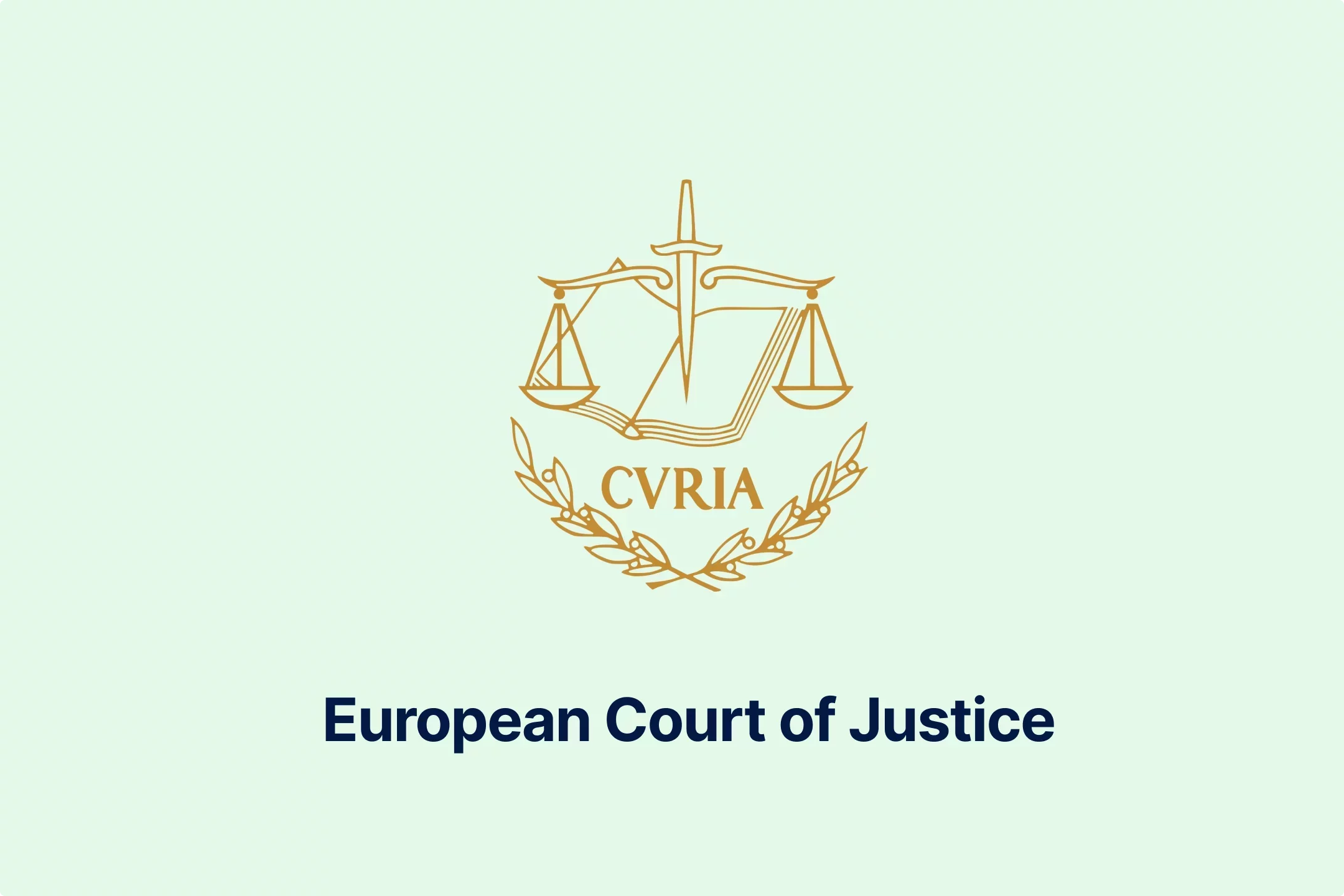
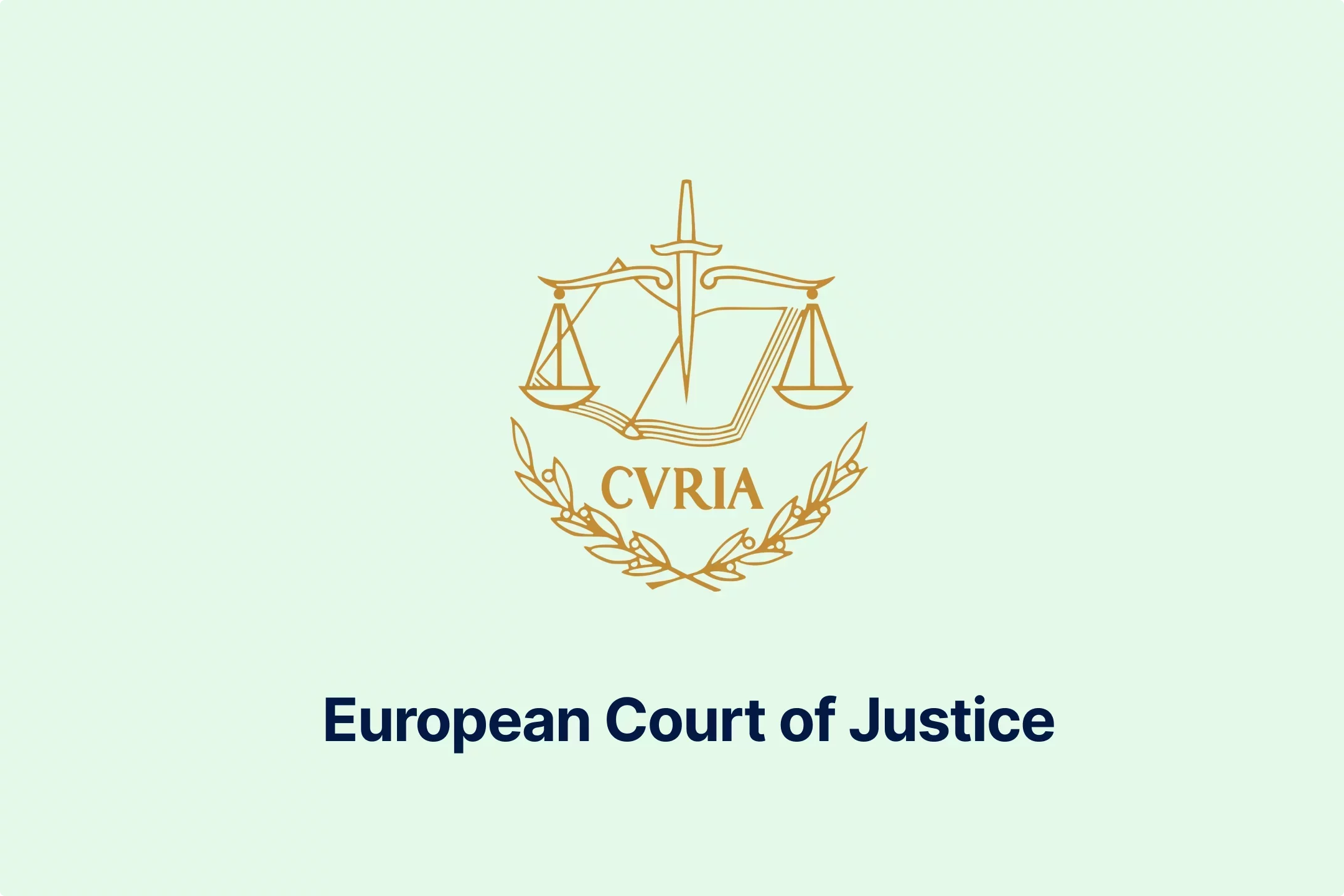


-iyyeiabtaf.webp)
-c8rbjkcs01.webp)
-nilkffjhah.webp)
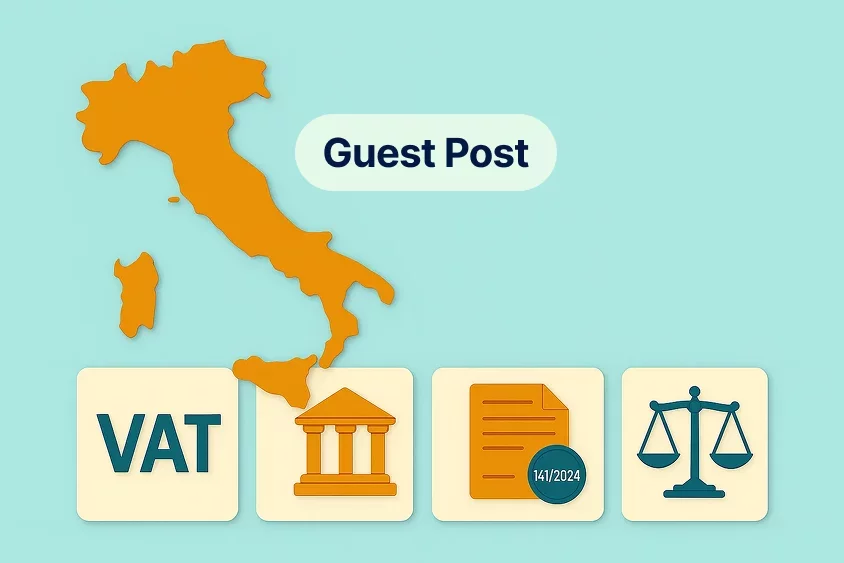
-hikakq55ae.webp)
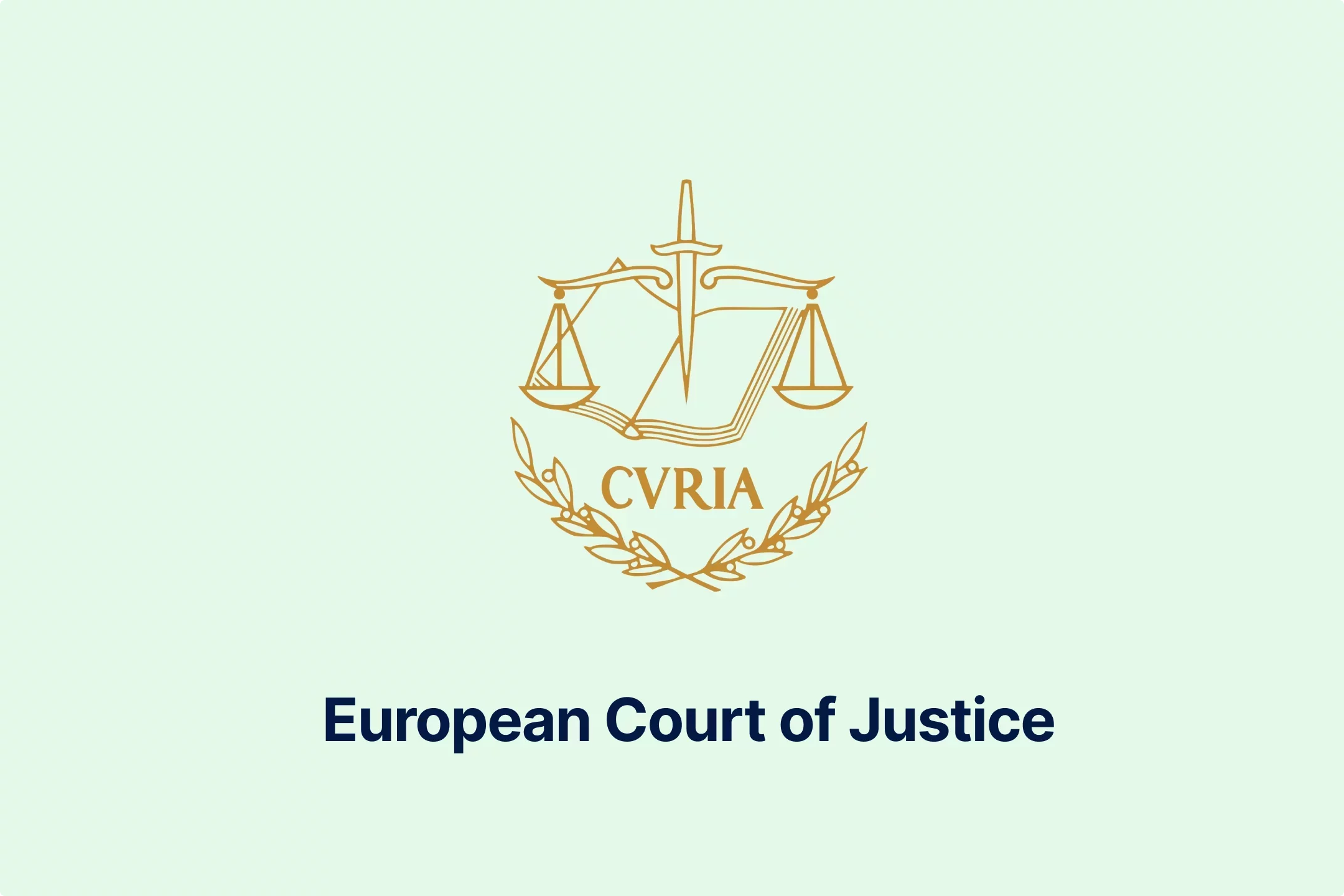
-z1d60bldtg.webp)
-d1a0q6n7mp.webp)
-viip8nvoeh.webp)
-bvv1otliox.webp)
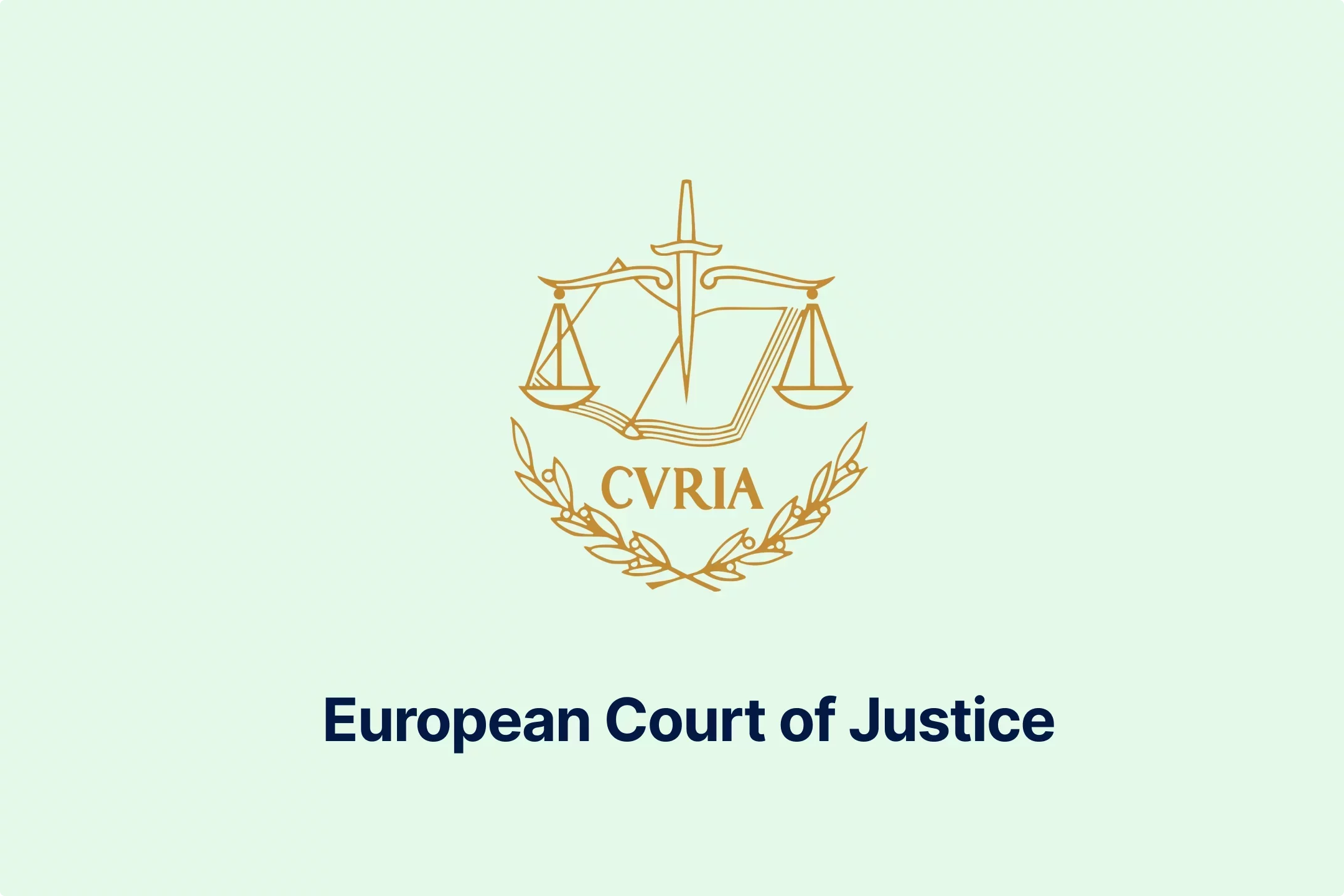
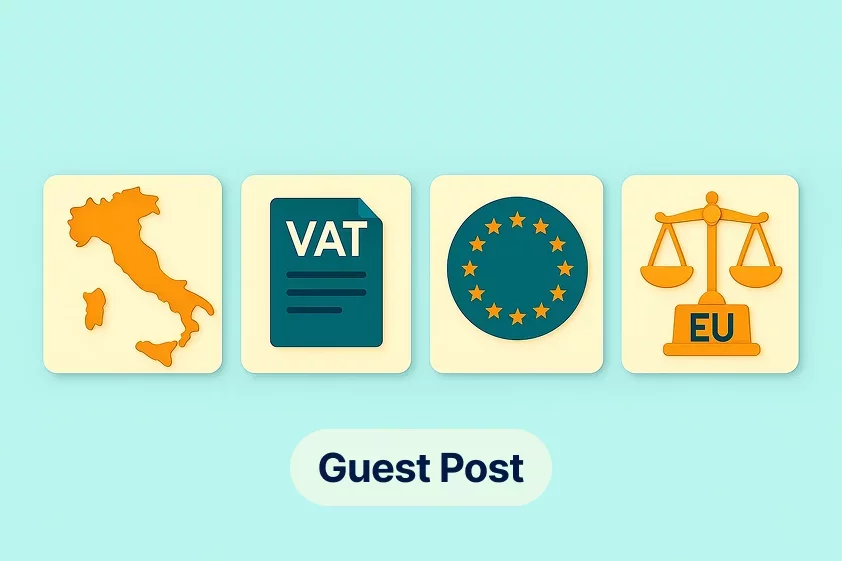
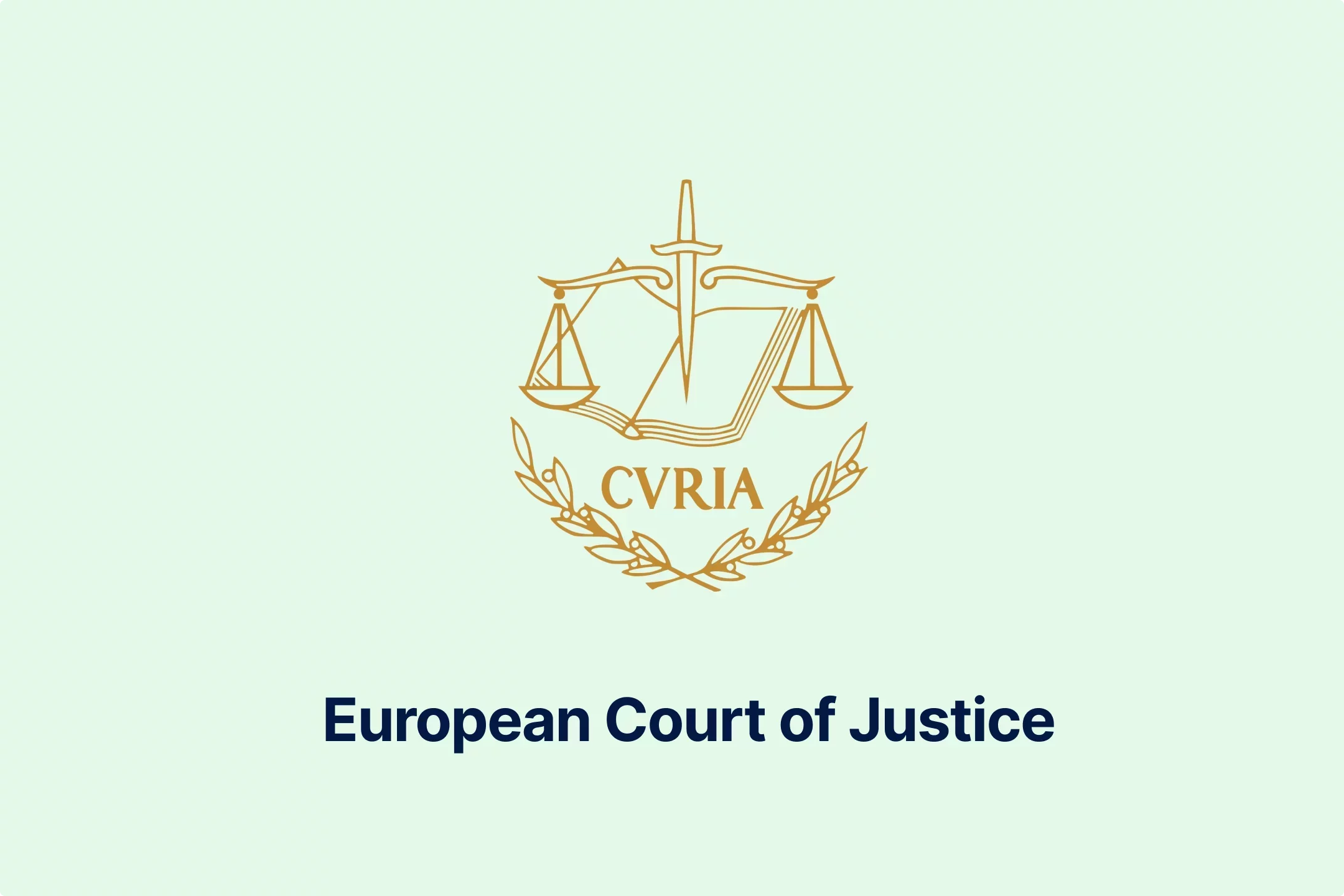
-de8hdb1bn3.webp)

-cm0opezg73.webp)
-0tovsdupmi.webp)
-subxdamdj6.webp)
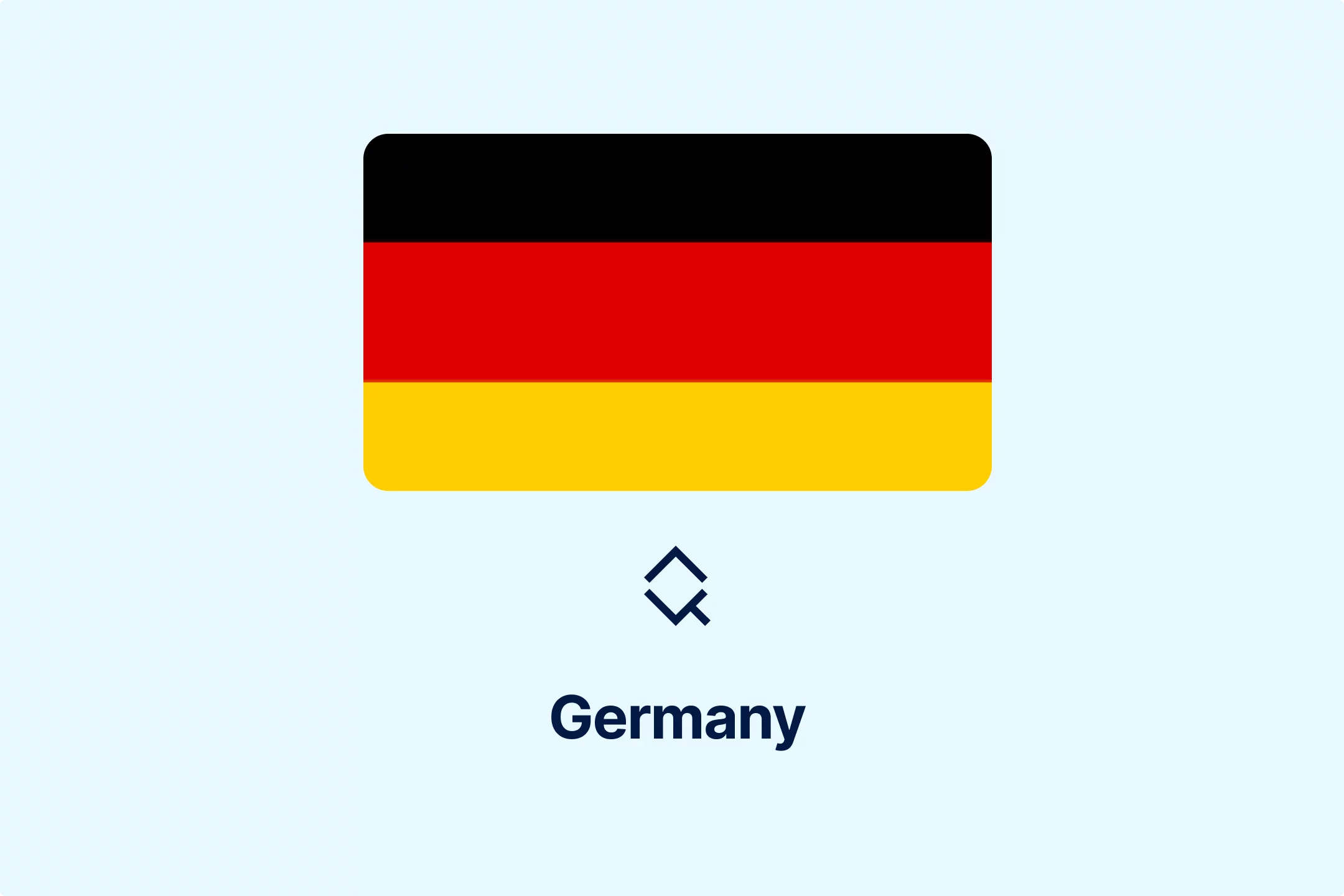
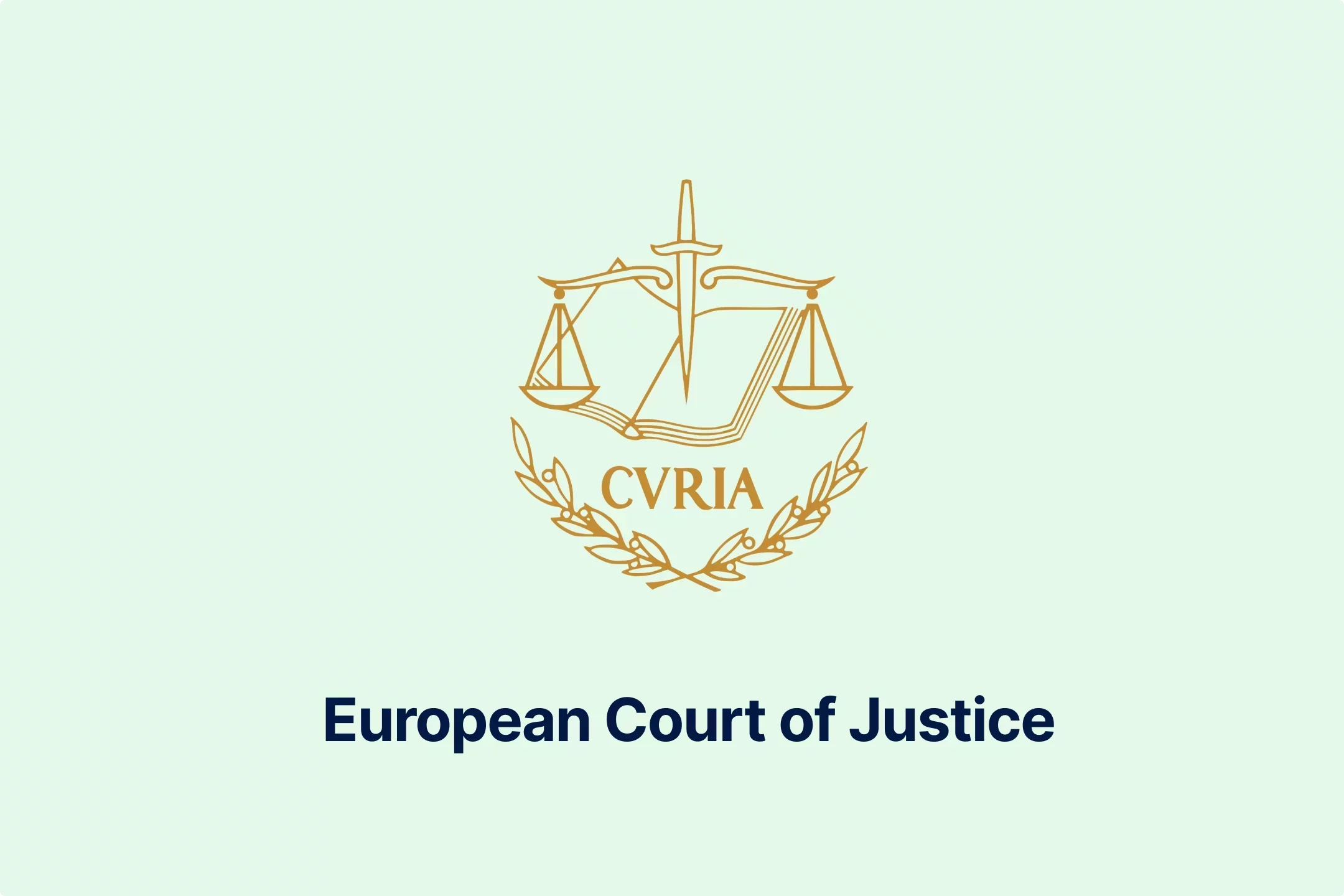
-gly6ablwnh.webp)
-gkduqhwbzh.webp)
-qpe1ld9vcj.webp)
-8noukwsmba.webp)
-aka29tuhkt.webp)


-fisvs27yrp.webp)


-mp0jakanyb.webp)

-aivzsuryuq.webp)



-o7f4ogsy06.webp)

-zjja92wdje.webp)
-hrbhdts8ry.webp)
-qtdkwpgkug.webp)


-cf8ccgah0p.webp)
-0em3cif5s6.webp)





-ptzesl0kij.webp)

-tfzv42pyms.webp)






-uodv7sfbih.webp)
-bbrdfmm9qf.webp)



-m2tl8crfqr.webp)


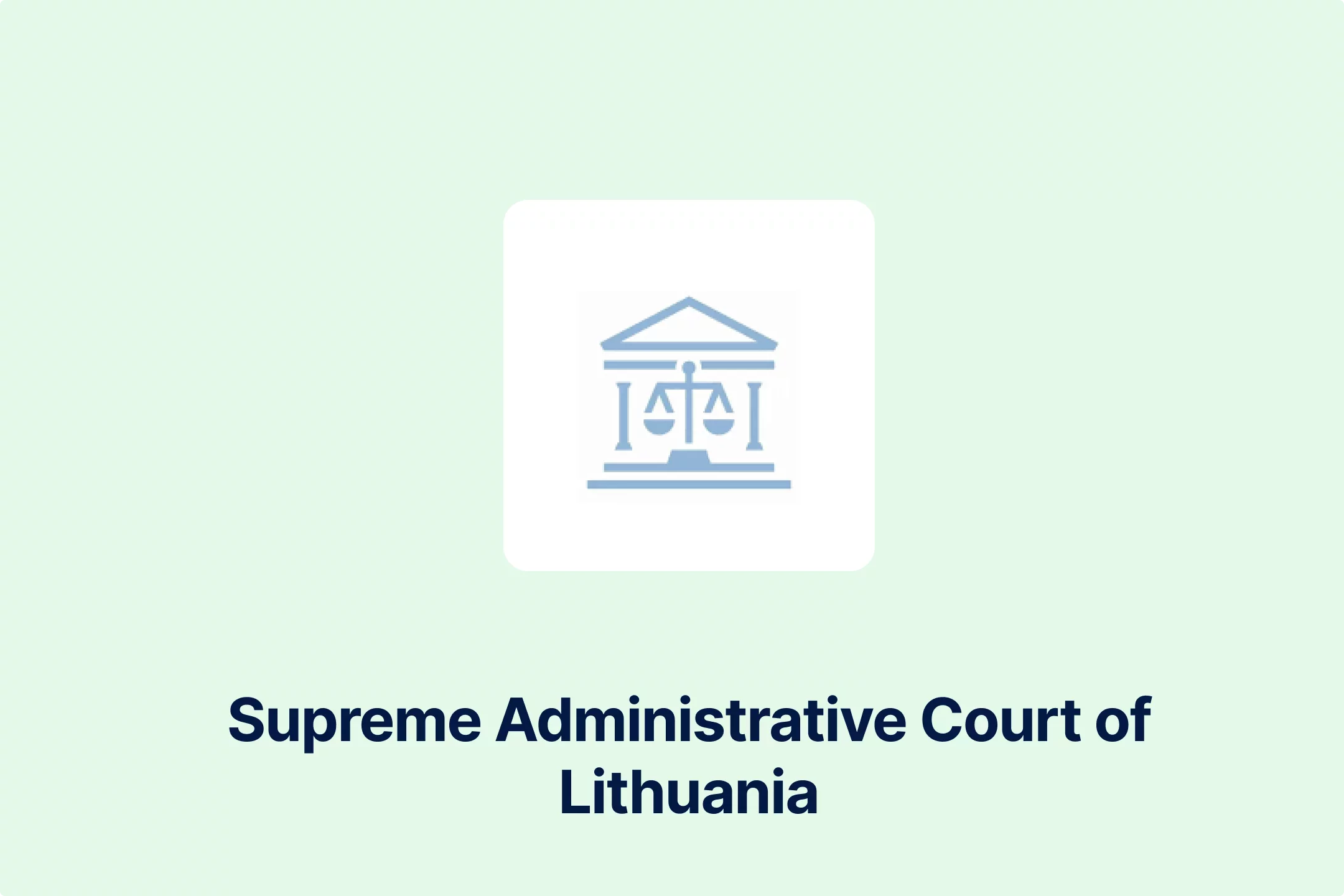

-1awbqjgpjs.webp)
-avbjsn1k1g.webp)


-0h8ohkx6s0.webp)


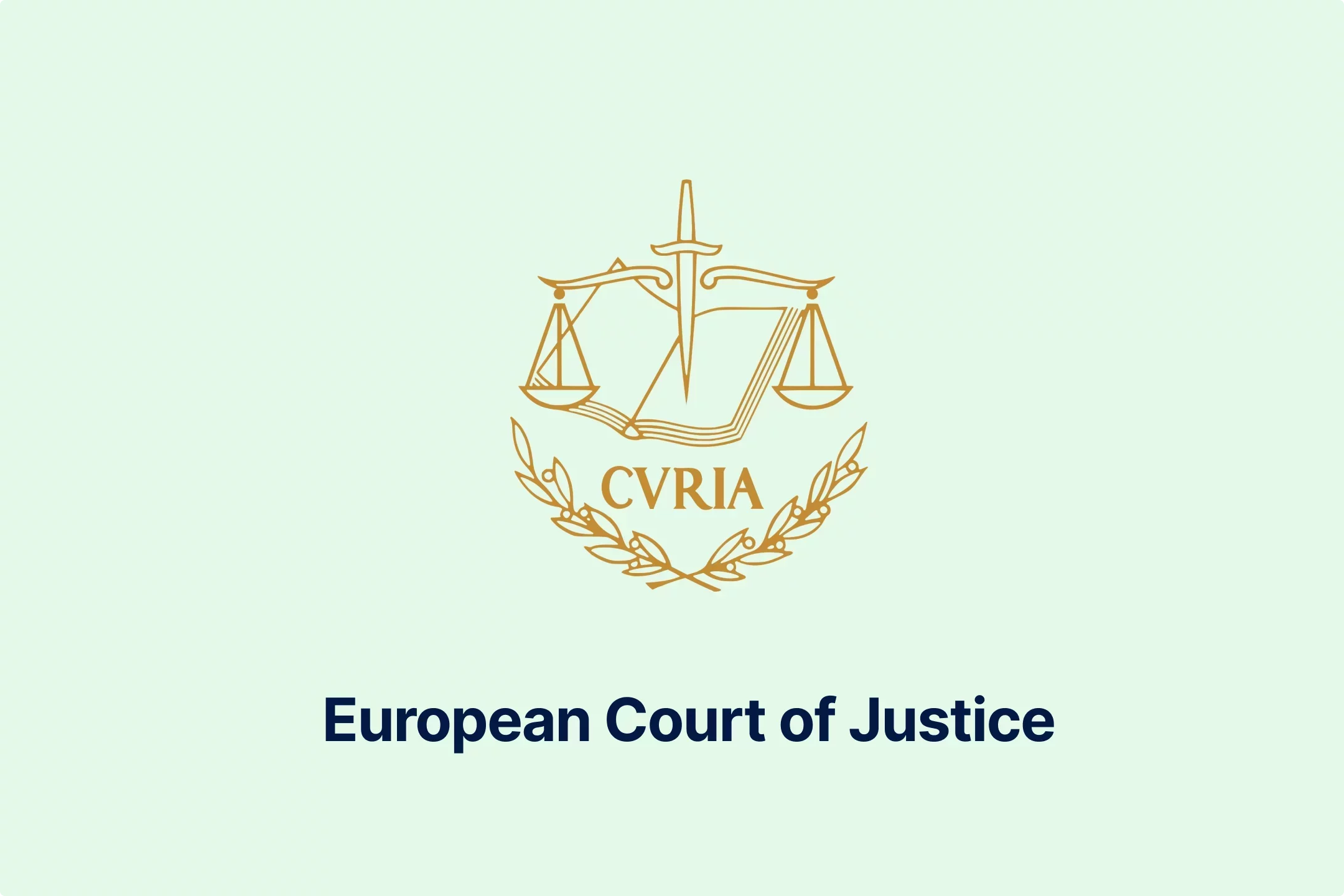
-wfmqhtc7i6.webp)
-7wljbof2zo.webp)
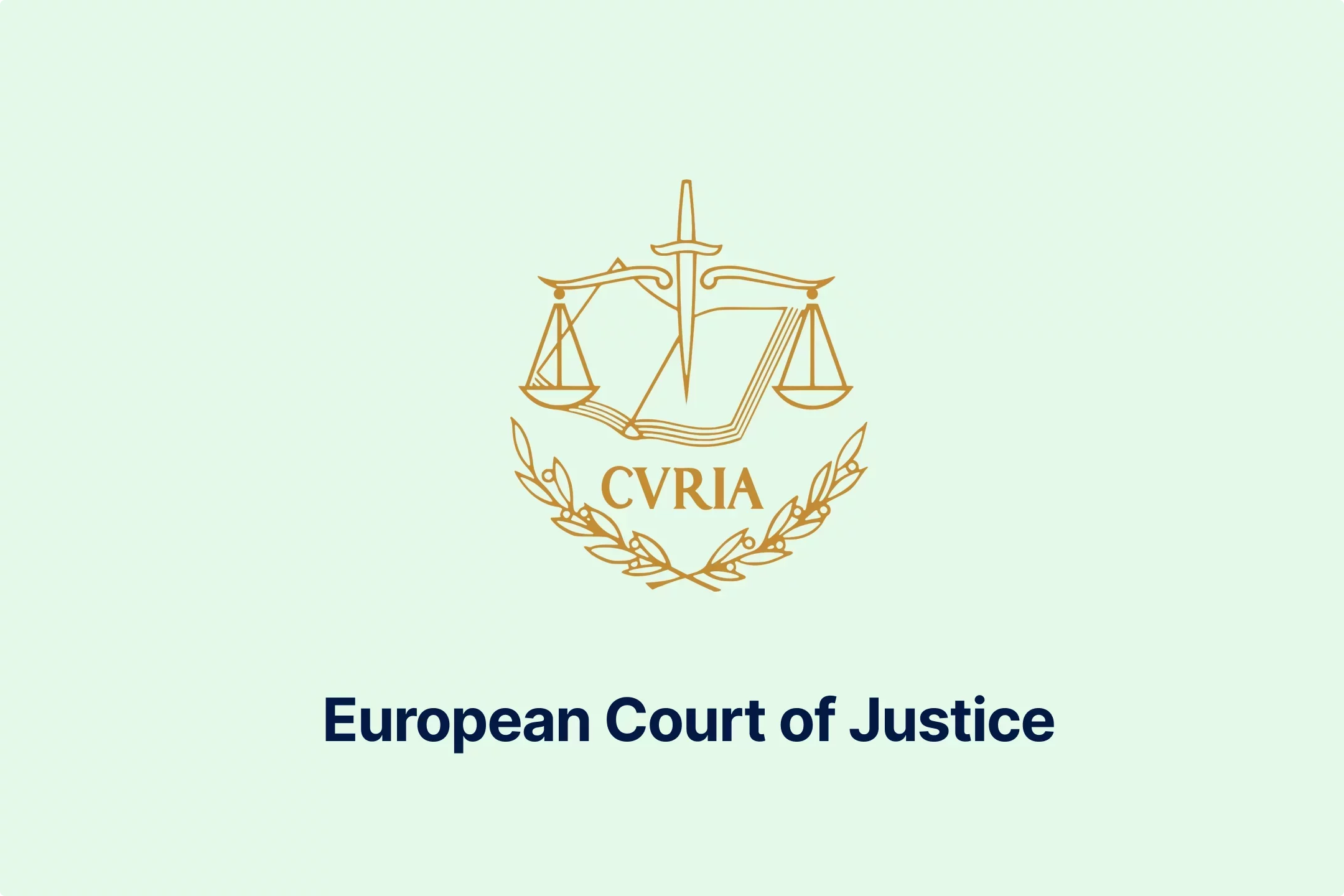
-eqt97uyekl.webp)
-wzw9mcf563.webp)

-z4oxr6i0zd.webp)




-fhtic1pwml.webp)

-iipdguuz9p.webp)
-nkhhwrnggm.webp)
-pltqwerr3w.webp)

-nn6mtfbneq.webp)

-tmnklelfku.webp)



-8z1msbdibu.webp)
-7g16lgggrv.webp)



-lxcwgtzitc.webp)
-9mc55kqwtx.webp)


-xla7j3cxwz.webp)
-jrdryw2eil.webp)





-t9qr49xs2u.webp)


-qjopq5jplv.webp)



-vune1zdqex.webp)

-rgjta7iwiv.webp)

-zb6bxxws47.webp)
-lyfjzw4okp.webp)

-ogpfmol5m1.png)


-czisebympl.png)

-zetvivc79v.png)
-ud7ylvkade.png)
-qizq6w2v5z.png)







-ihr6b4mpo1.webp)
-k1j4au0ph6.webp)
-swxxcatugi.webp)


-ig9tutqopw.webp)

-tauoa6ziym.webp)

-spr0wydvvg.webp)
-xfuognajem.webp)





-u2nv5luoqc.webp)








-opuxpan2iu.webp)




-kwttsfd8ow.webp)
-8u14qi10nj.webp)

-wjpr96aq5g.webp)

.png)

.png)


.png)


.png)



.png)
.png)
.png)
.png)
.png)

.png)
.png)




.png)
.png)




































































































































